 Abraham Lincoln
If given the truth, the people can be depended upon to meet any national crisis...
Abraham Lincoln
If given the truth, the people can be depended upon to meet any national crisis...
 Guildford news...
for Guildford people, brought to you by Guildford reporters - Guildford's own news service
Guildford news...
for Guildford people, brought to you by Guildford reporters - Guildford's own news service
Birdwatcher’s Diary No.305
Published on: 2 Jun, 2024
Updated on: 1 Jun, 2024
By Malcolm Fincham
Low pressure systems were never too far away from the British Isles during the later weeks of May with no sustained periods of settled weather.
They brought showers and occasional longer spells of rain across the UK.
As often, southern counties fared better than most. Temperatures remained average for the time of year and ideal for my walks about the local Surrey countryside when dry weather permitted.
Continuing my attempts of photographing sightings within the more rural parts of Guildford, and beyond, I first visited Britten’s Pond.
Anglers had now returned to fish the waters after its brief spell of closure while the fish had been spawning. Unlike the fishermen, my quest was the challenge of catching one of those large beasties as they occasionally breached the surface.
A common tern continued to make an unpredictable visit, circling over the pond and diving into the water to catch a selection of the smaller fish.
Often resting a while on a small raft to digest its meal before once again disappearing out of sight.
Although the presence of the kingfisher was rarely seen during the latter weeks of the month, a grey heron was frequently viewed perched on one of the islands or seen flying over the water.
And a few cormorants continued to be regular visitors, occasionally seeing them with their wings stretched out to dry.
A drake tufted duck also continued a rare presence, especially at this time of the year.
A common buzzard flew over the pond carrying a small mammal in its talons as it headed back to its nest site.
On nearby Whitmoor Common stonechats appeared to be in reasonable numbers. The males looking resplendent in their plumages.
Males linnets were noticeably in bright summer feathers of crimson foreheads and chests, and much browner females have continued to sustain their numbers in recent years.
While Dartford warbler also continued to be seen and heard in song.
For the first time over the past few years, I heard and saw a willow warbler in song in a group of silver birch close to the heathland. This was once a regular summer sound there.
Common whitethroats continued to be present, but less frequent in their calls in recent weeks.
Chiffchaffs had quietened in their repetitive calls, having previously seen but not heard their sounds at Britten’s Pond too.
While great tits, as well as many other similar species, could be seen at their nest sites returning with food for their young.
Looking up into the canopy of trees adjacent to the heathland, I was also able to spot and photo a young great spotted woodpecker, still in the guidance of its parents and recognised by its shiny red head-crown.
Adult males just show red on the back of their necks.
While adult females show no red colouring on their heads at all.
Also observed nearby was a green woodpecker.
While also adding a goldcrest to my day’s sightings.
On sunnier days I turned to attempting to photograph a few butterflies now starting to emerge about the local countryside.
At Clandon Wood burial ground green hairstreaks continued to be on the wing, as they were later that day at Sheepleas, near East Horsley.
Having reported them on Pewley Down this year is possibly a record number of sightings for me.
A few green-veined white butterflies were still on the wing at Clandon Wood.
As well as several holly blues.
Also there I added my first small copper butterfly of this year.
And just my second sighting this year of a small heath butterfly.
Dingy skippers were also now on the wing, very much living up to their name with skippers as generally not being one of the most captivating of butterflies.
Although moths could generally be thought not to be very attractive, there were a few now out on the wing that were quite appealing.
Photographing one of several silver-y-moths.
Several entrancing Burnet moths had begun to emerge.
But most bewitching of all were several Mother Shipton moths.
Named after Mother Shipton a 16th-century enchantress, these moths are thought to resemble her face on the markings on their fore-wings.
At one of the small ponds a pair of coots could now be seen feeding their young.
While several swallows arrived to feed over the water.
And at Sheepleas I was also able to add to my year’s sightings several grizzled skipper butterflies.
As well as my first common blue butterfly of the year.
While several brimstones could be seen now mating.
Also adding a roe deer to my day list.
On May 25, already encourage by a recent and rare full day of pleasant sunshine and warm temperatures, I was alerted to reports of a red-backed shrike that was visiting Thursley Common.
With it being just the fifth one recorded there over the past decade, I decided it was worth a visit. Although some distance to view, it could be seen halfway up the aptly-named hillside locally known as ‘shrike hill’.
Also adding to my day-list on my rambles about the heathland were several woodlarks.
As well as a male common redstart, which had now paired up with a female.
Tree pipits were still present, although not singing or displaying.
And about the boardwalks various dragonflies and damselflies had begun to emerge. These included what I believe to be, and according to a Google image search and not totally reliable from my experience.
A four-spotted chaser?
And several broad-bodied chasers?
These all attracting several hobbies keen on hunting them down to feed upon.
Elsewhere on my travels on the more clement days that prevailed during the latter days of May, I was also able to add to my photos another hobby hunting along the River Wey at Elstead.
While also spotting one perched in a pine tree at Crooksbury Common.
Also adding a singing willow warbler while there.
And even my first sighting of a spotted flycatcher this year.
Also during my walks I was able to add numerous photos of common buzzards.
And red kites still regularly visiting where construction work is going near the recycling centre at Slyfield.
Also adding a song thrush.
And a few goldfinches.
And my first slow worm photo of the year.
Back at home attempting a few photos of swifts over my garden.
I was delighted to notice a robin nesting for a second successive year in my garden alcove, this year being protected by my old ‘Cookie Knight’ jar.
A moment of opportunity came my way on May 29 as I noticed both adults leave the nest-site temporarily to collect food for their young. Enough time to sneak in for a few seconds, revealing from a photo that at least three chicks were occupying the nest.
And keeping the occasional eye on the situation from a harmless distance I noted the adults, now looking rather scruffy from their hectic duties, busily continuing to attend to their young as the month came to a close.
Recent Articles
- Guildford Institute’s Crowdfunding Project for Accessible Toilet in its New Community and Wellbeing Centre
- Letter: Guildford – Another Opportunity Missed?
- Letter: GBC’s Corporate Strategy – Where Is the Ambition?
- My Memories of John Mayall at a Ground-breaking Gig in Guildford Nearly Six Decades Ago
- Westborough HMO Plans ‘Losing the Heart of the Street’ Says Resident
- College Invests to Boost Surrey’s Economy and Close Digital Skills Gap
- Community Lottery Brings Big Wins for Local Charities
- GBC Housing Plan Promises ‘A Vibrant Urban Neighbourhood’ Near Town Centre
- Hospital Pillows ‘Shortage’ at the Royal Surrey
- Updated: Caravans Set Up Camp at Ash Manor School


Search in Site
Media Gallery
Dragon Interview: Local Artist Leaves Her Mark At One of England’s Most Historic Buildings
January 21, 2023 / No Comment / Read MoreDragon Interview: Lib Dem Planning Chair: ‘Current Policy Doesn’t Work for Local People’
January 19, 2023 / No Comment / Read MoreA3 Tunnel in Guildford ‘Necessary’ for New Homes, Says Guildford’s MP
January 10, 2023 / No Comment / Read More‘Madness’ for London Road Scheme to Go Ahead Against ‘Huge Opposition’, Says SCC Leader
January 6, 2023 / No Comment / Read MoreCouncillor’s Son Starts Campaign for More Consultation on North Street Plan
December 30, 2022 / No Comment / Read MoreCounty Council Climbs Down Over London Road Works – Further ‘Engagement’ Period Announced
December 14, 2022 / No Comment / Read MoreDragon Interview: GBC Reaction to the Government’s Expected Decision to Relax Housing Targets
December 7, 2022 / No Comment / Read MoreHow Can Our Town Centre Businesses Recover? Watch the Shop Front Debate
May 18, 2020 / No Comment / Read More



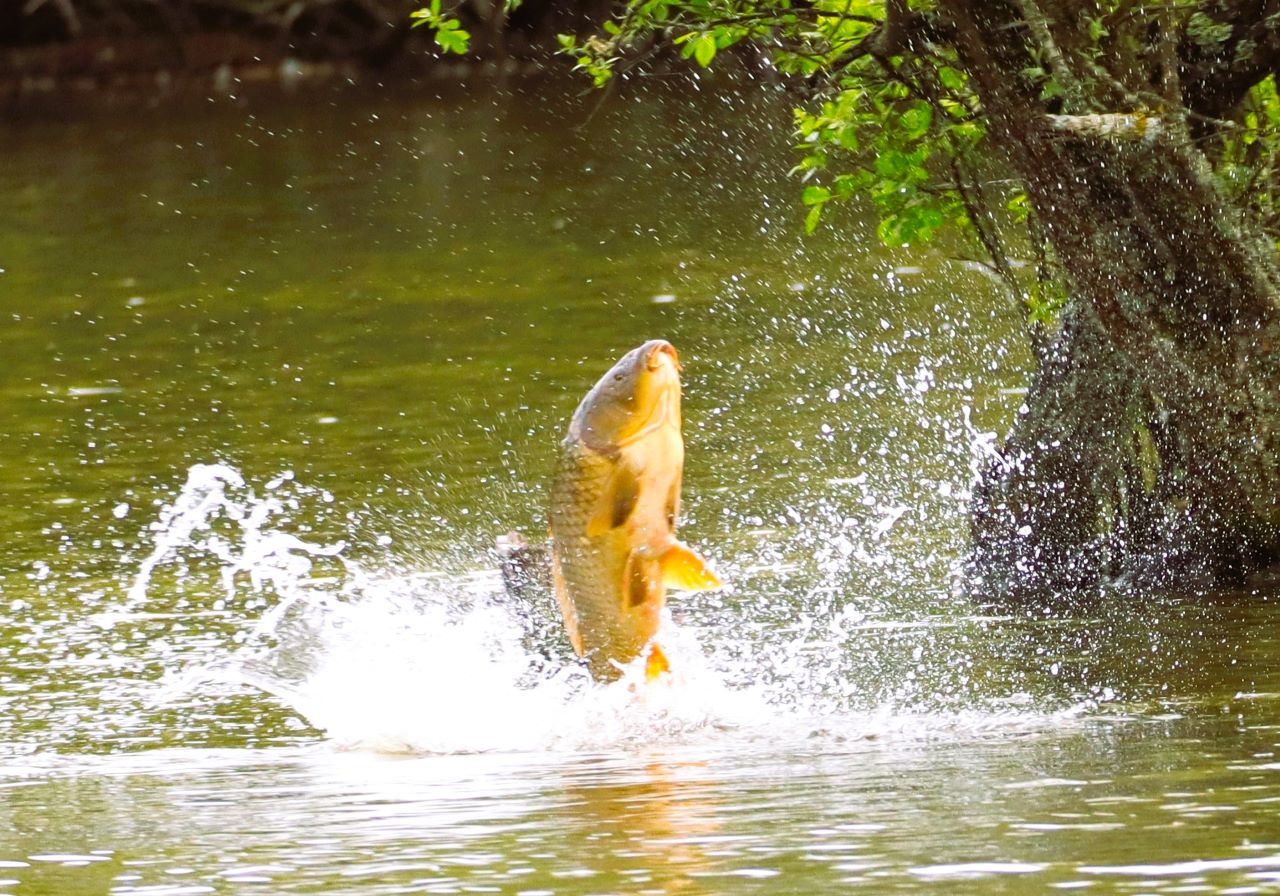
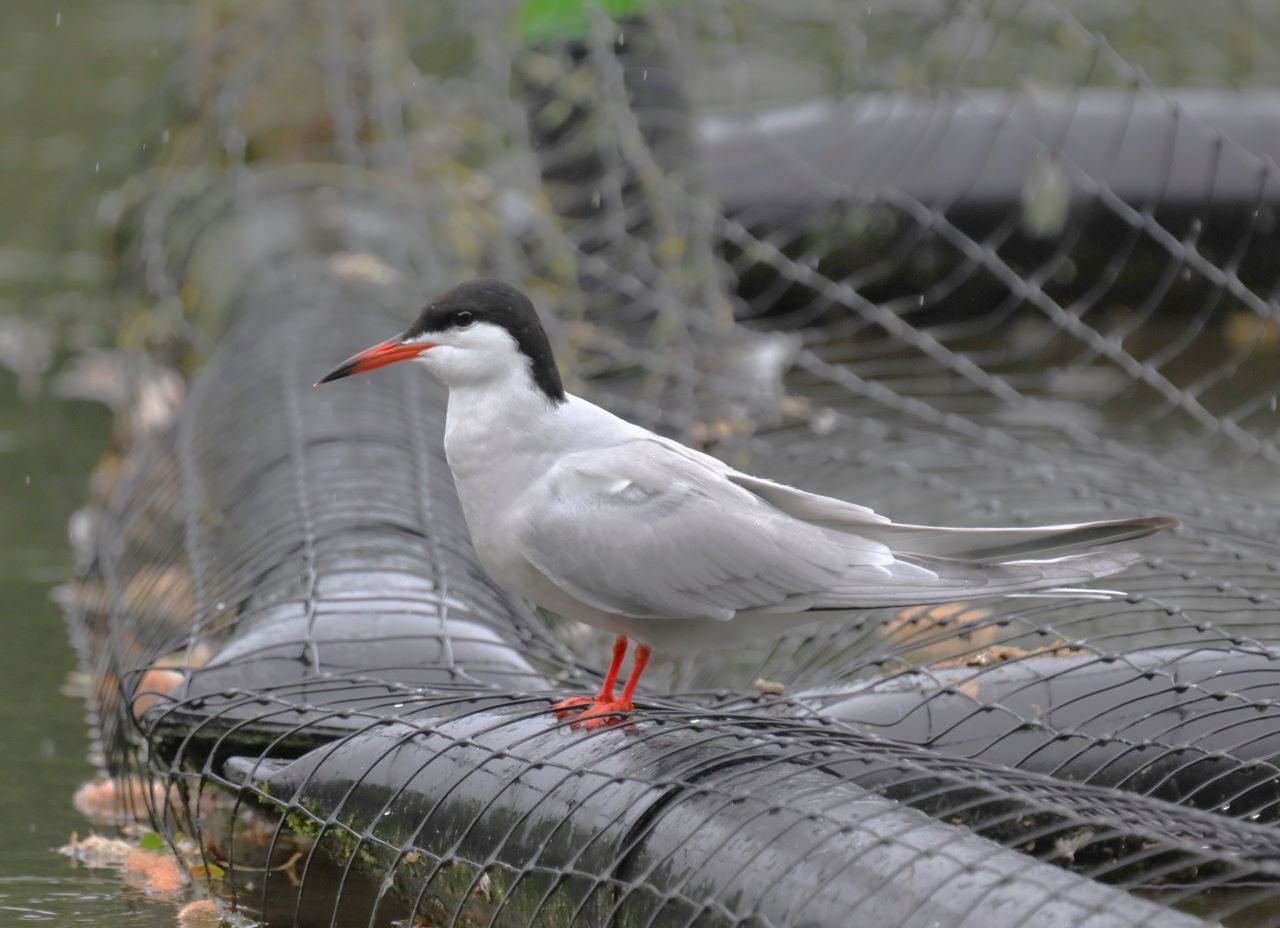
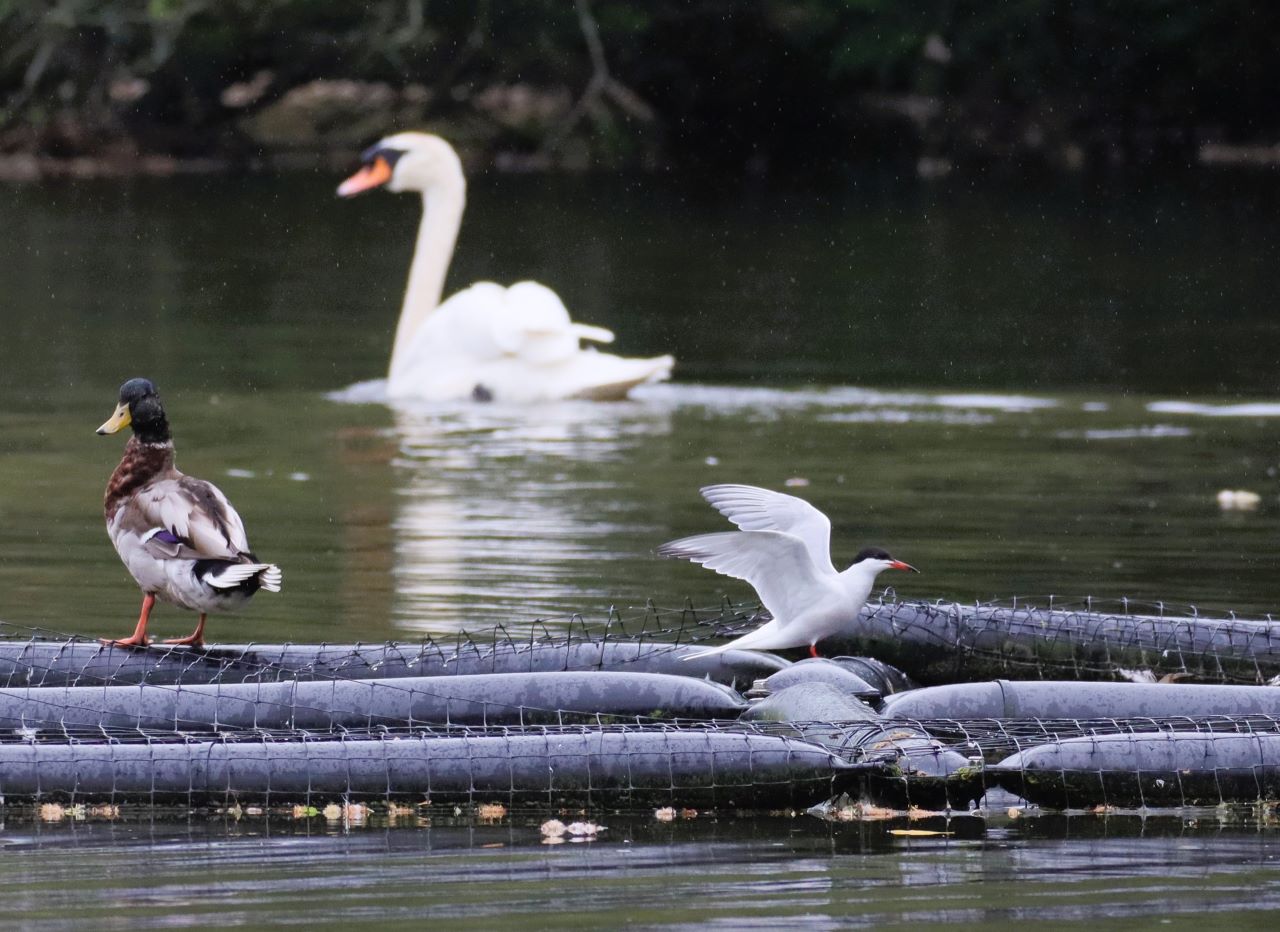
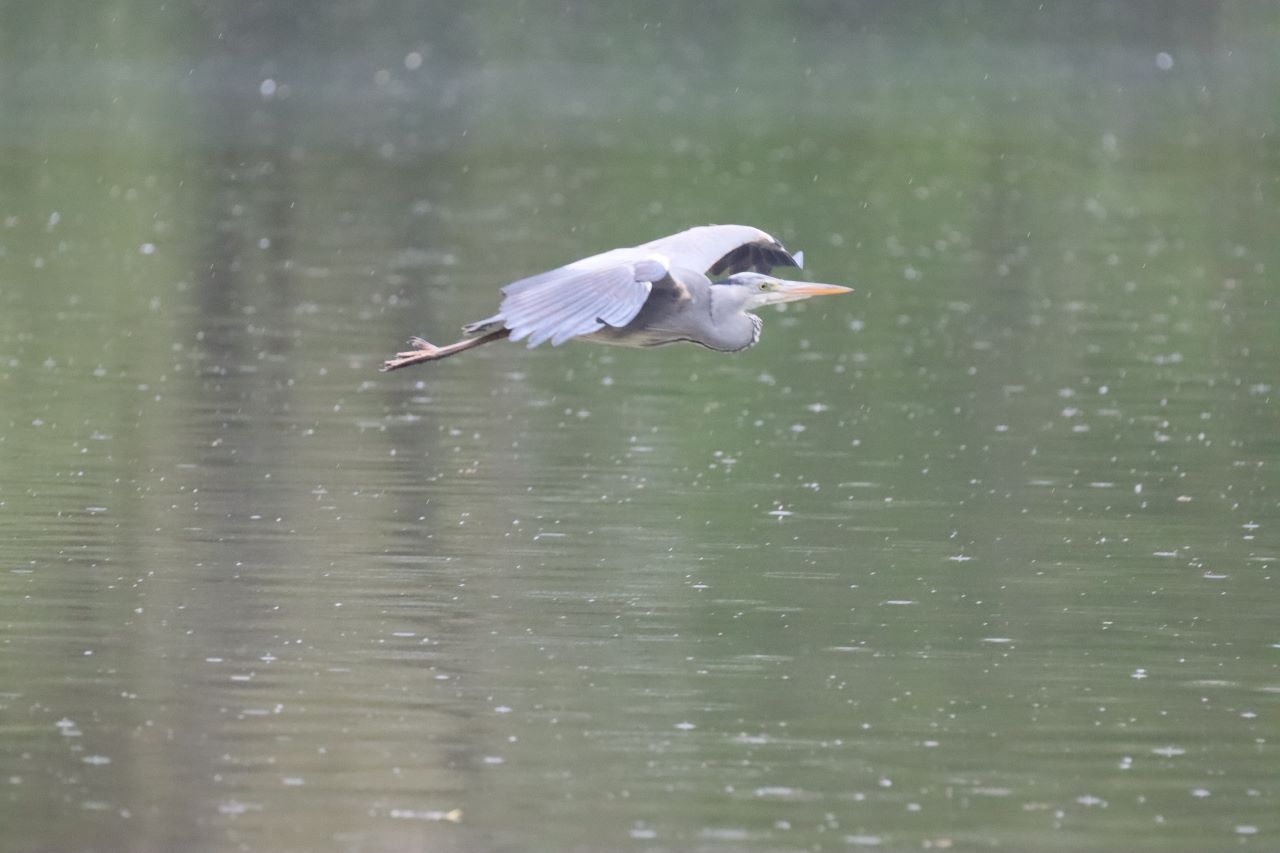

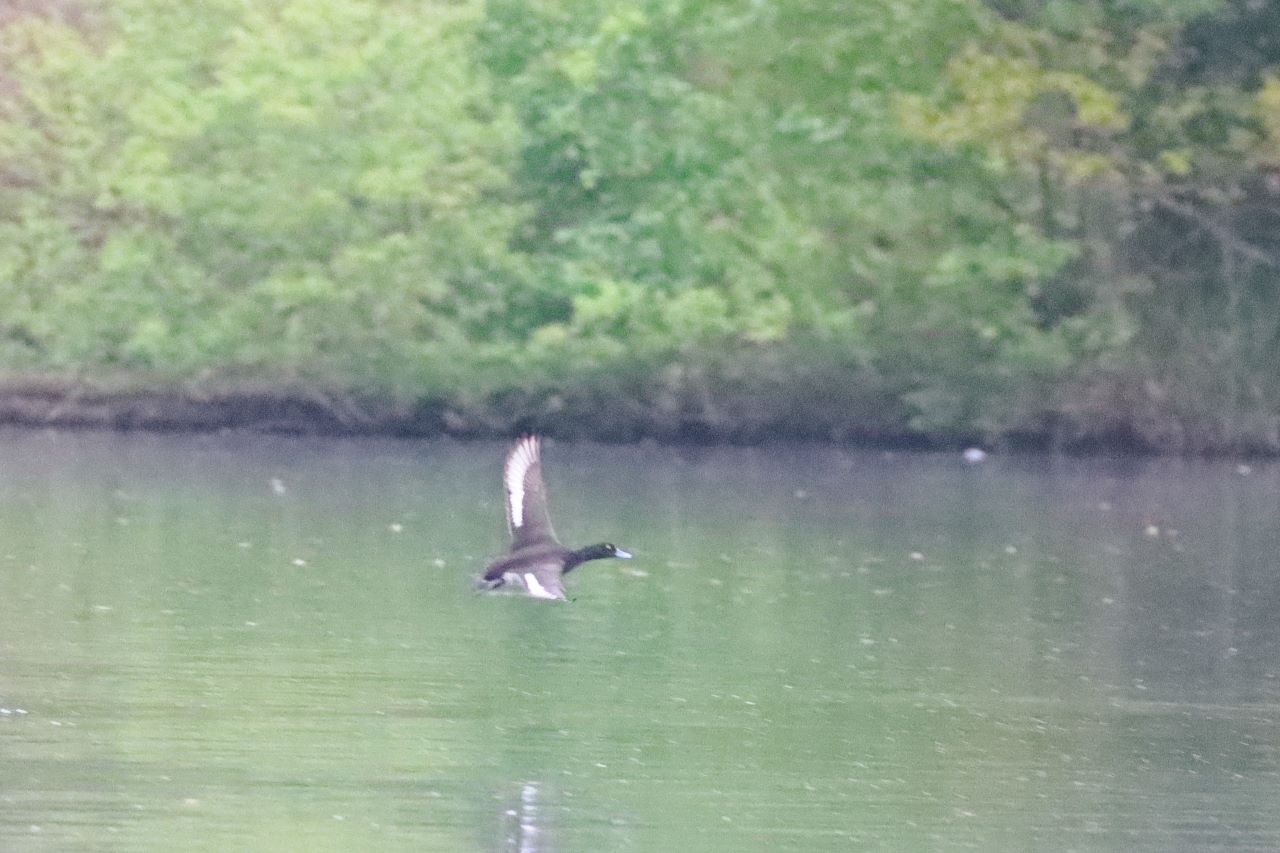

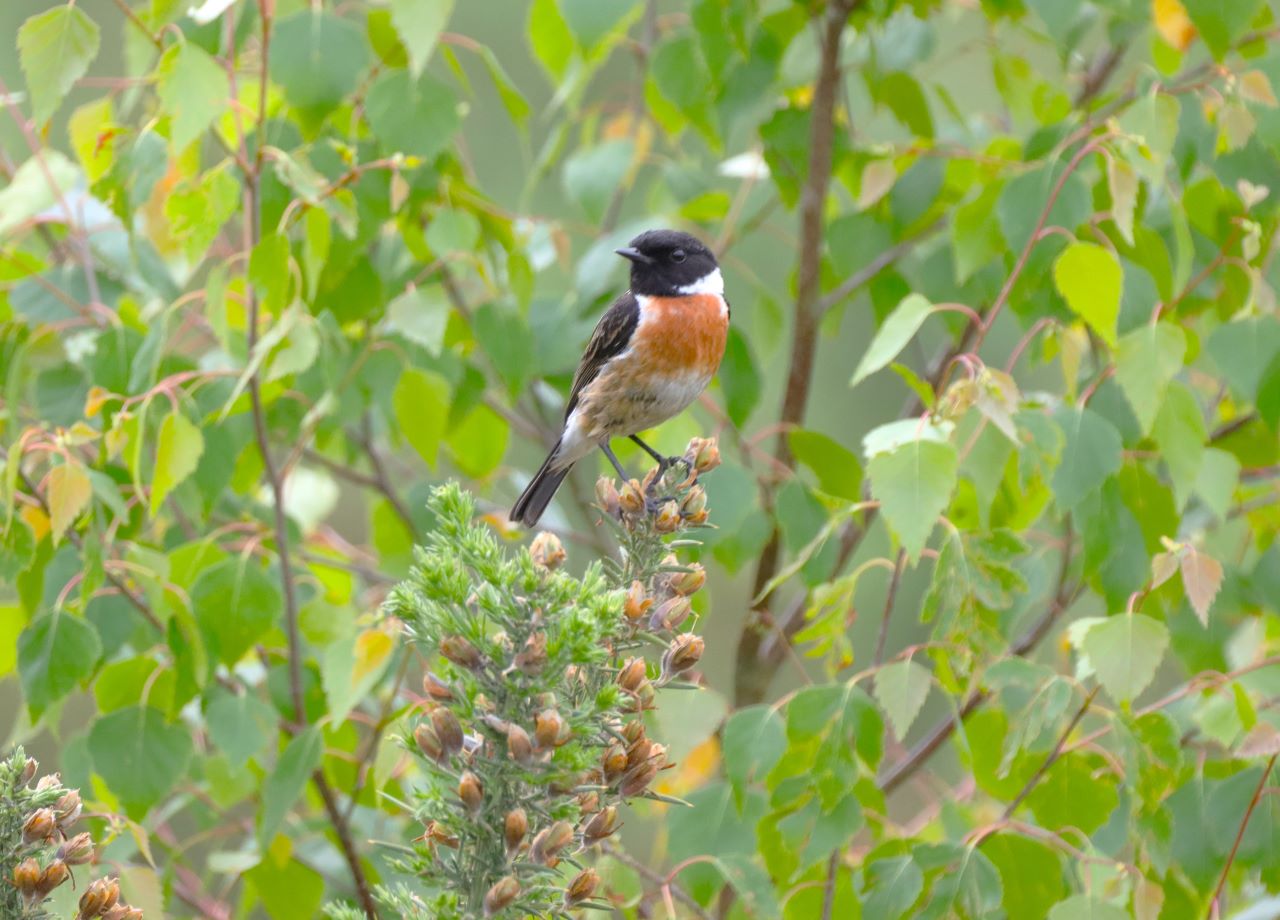
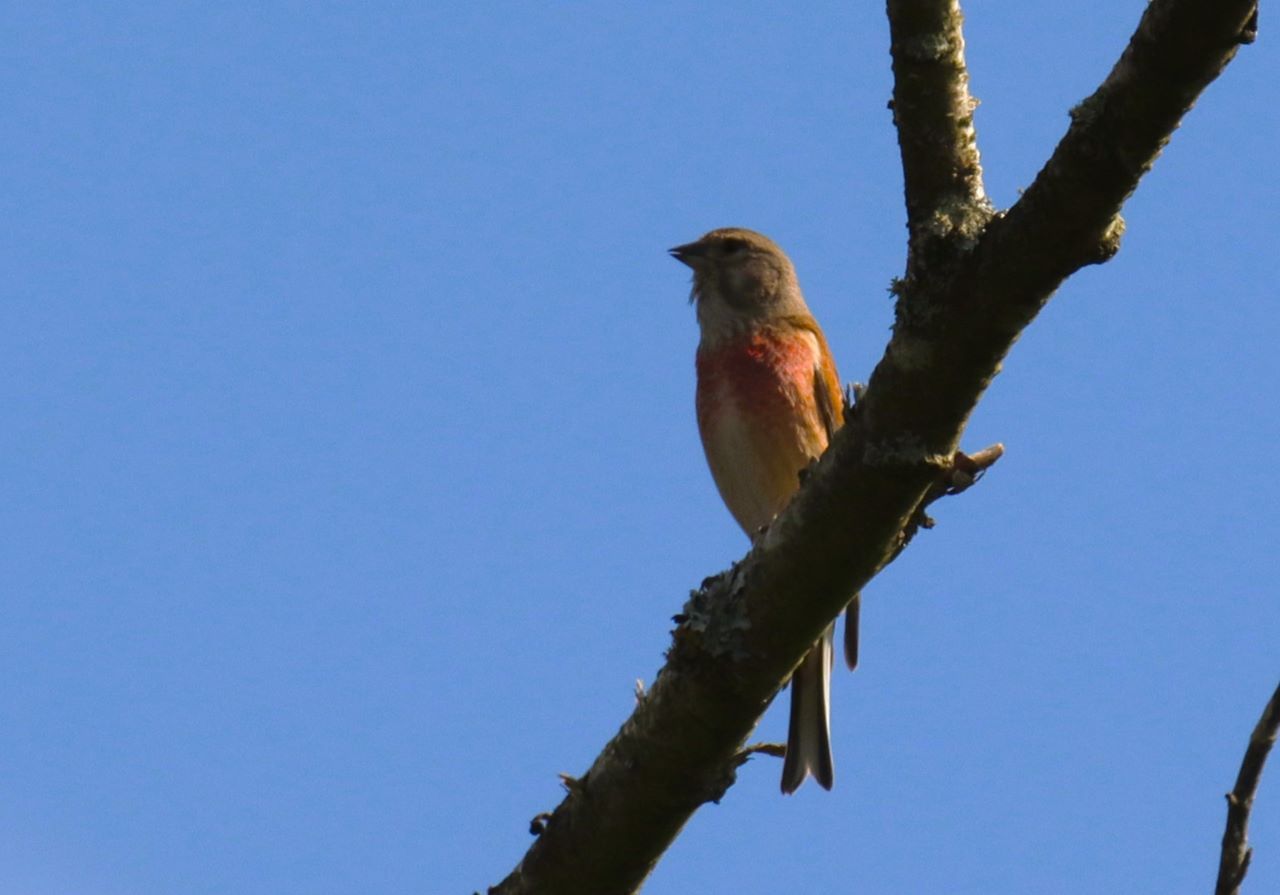
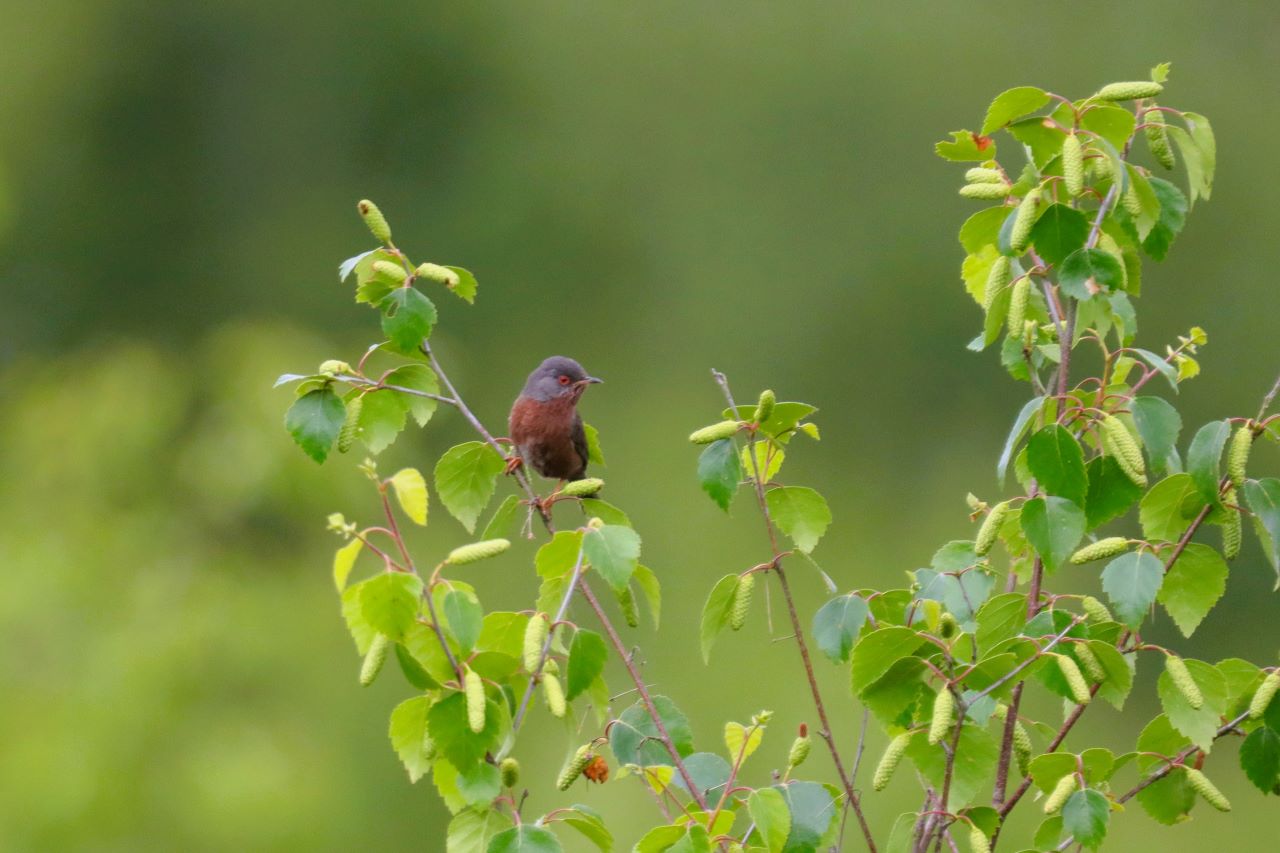
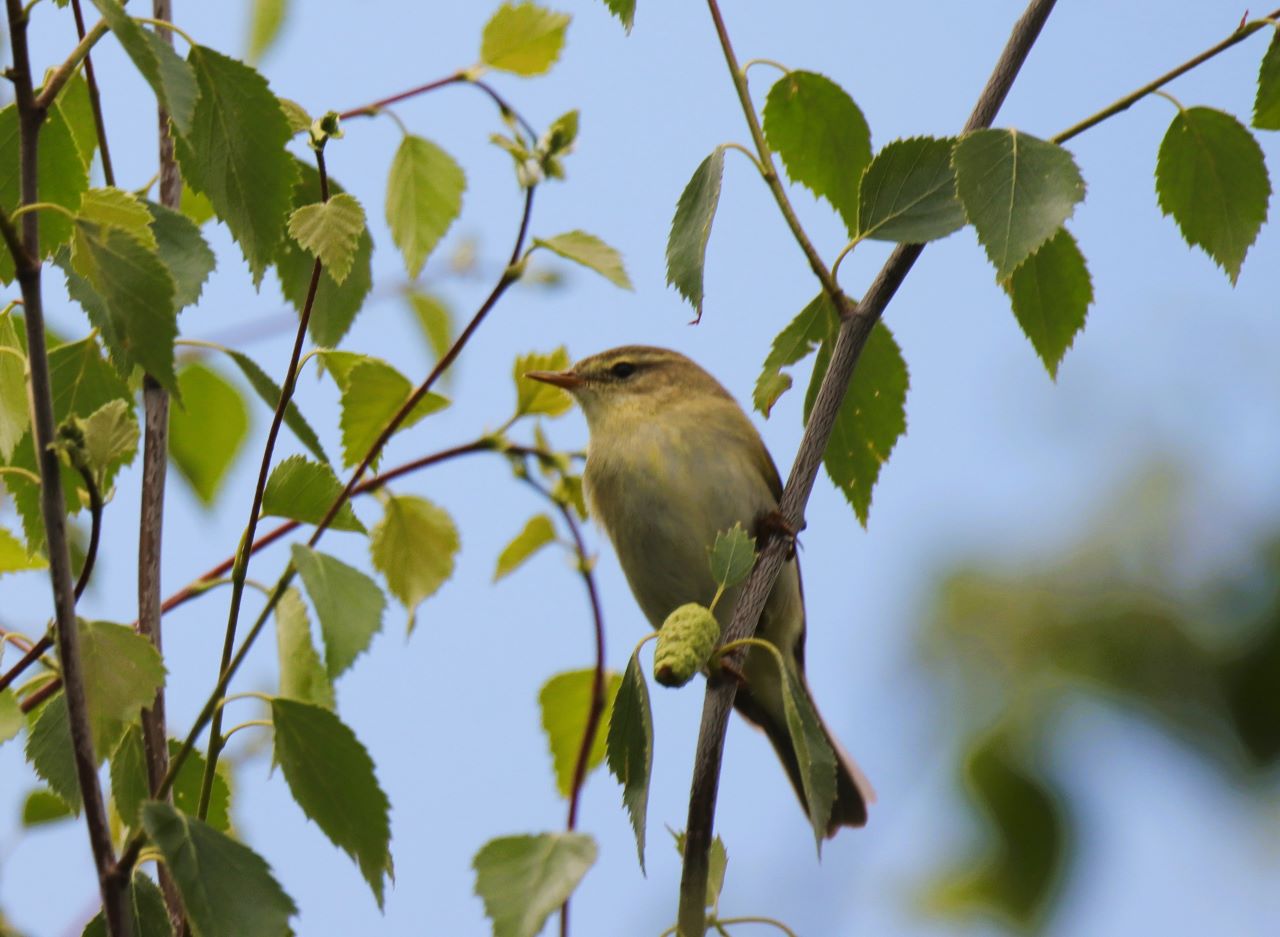


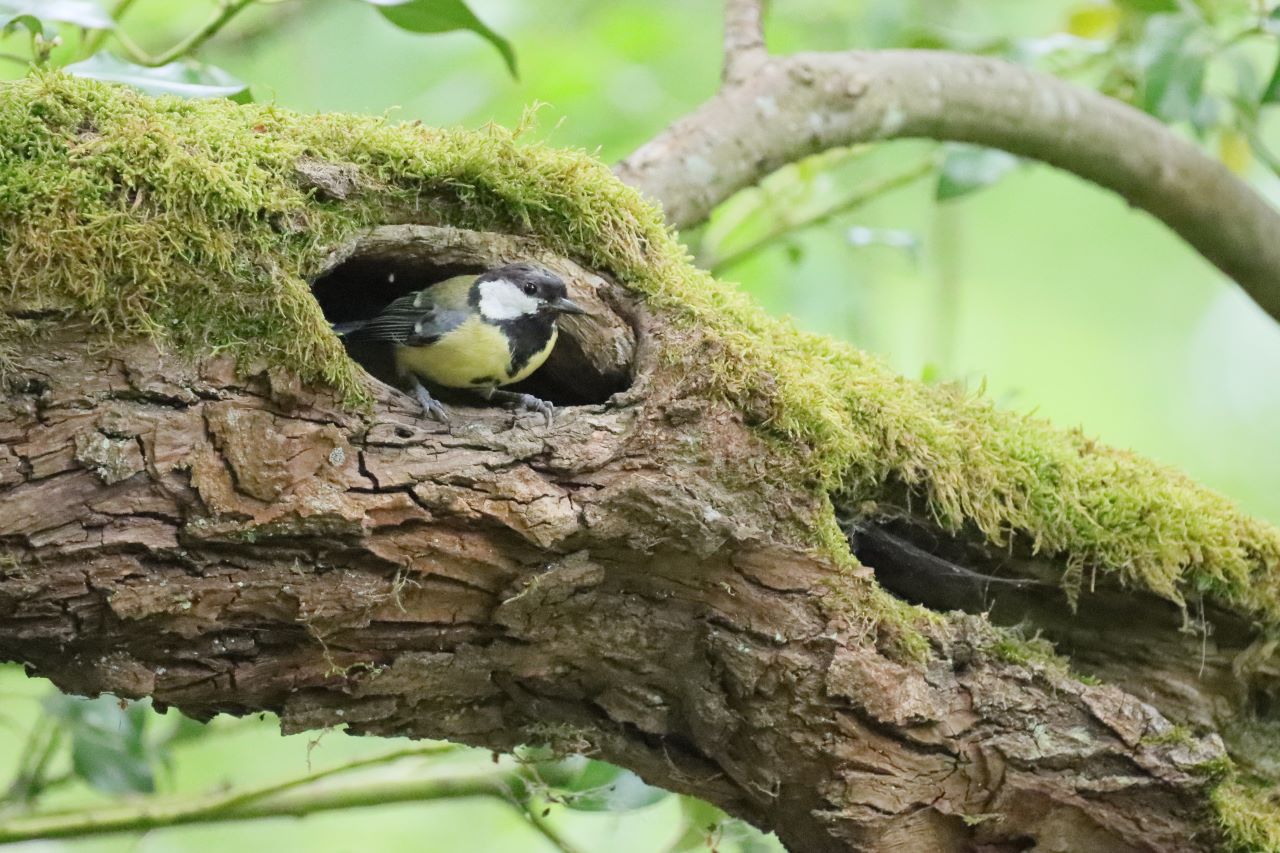
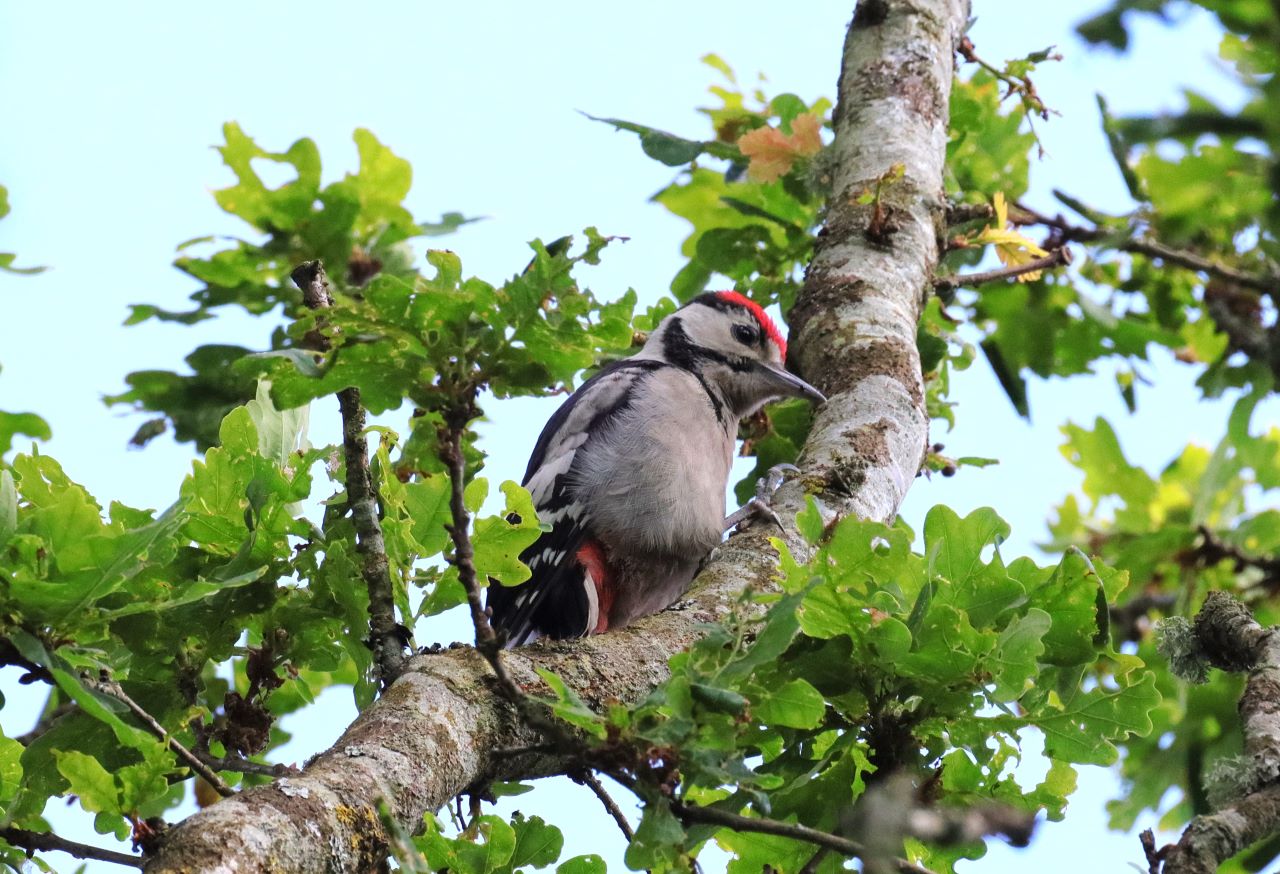

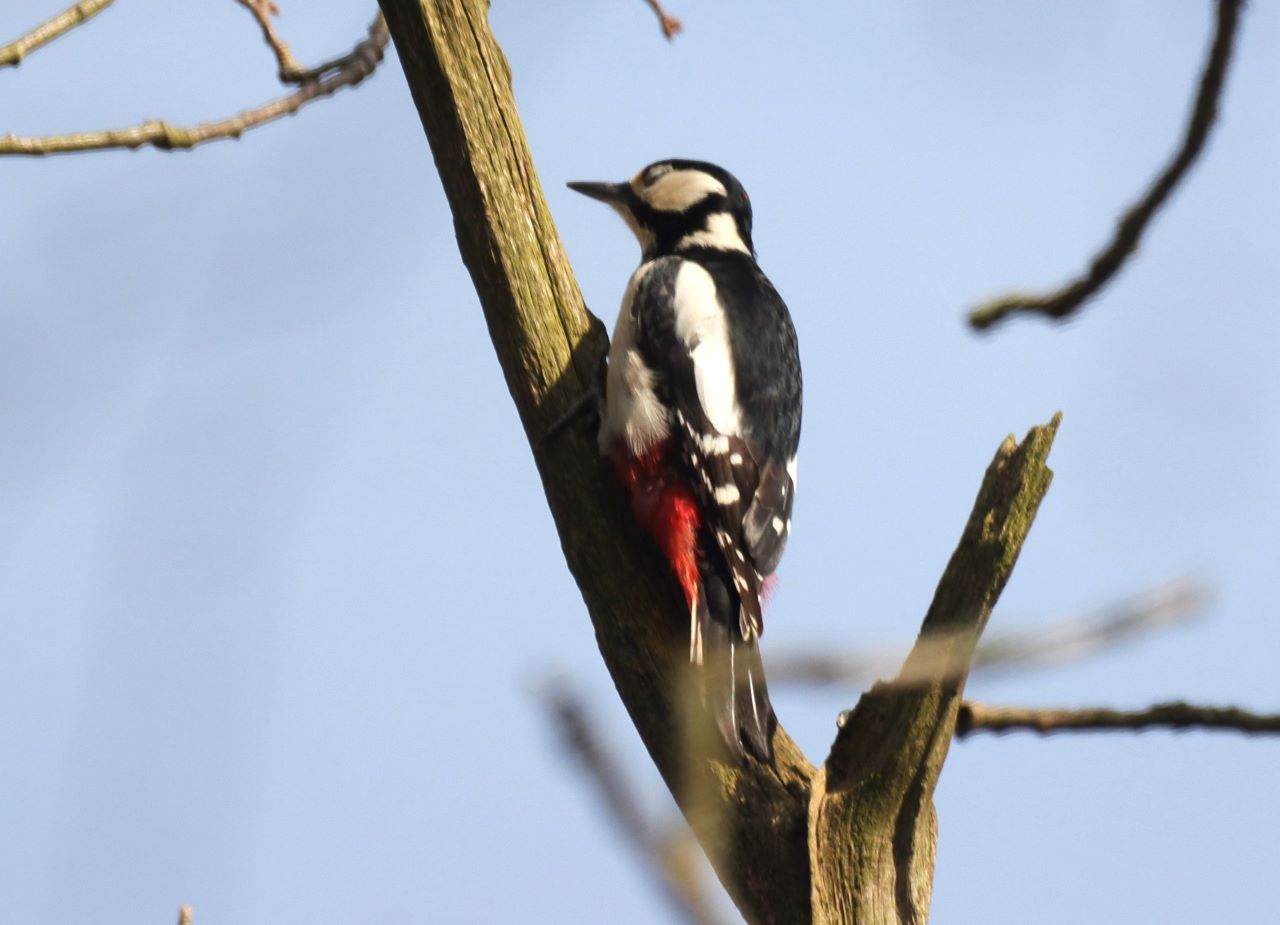


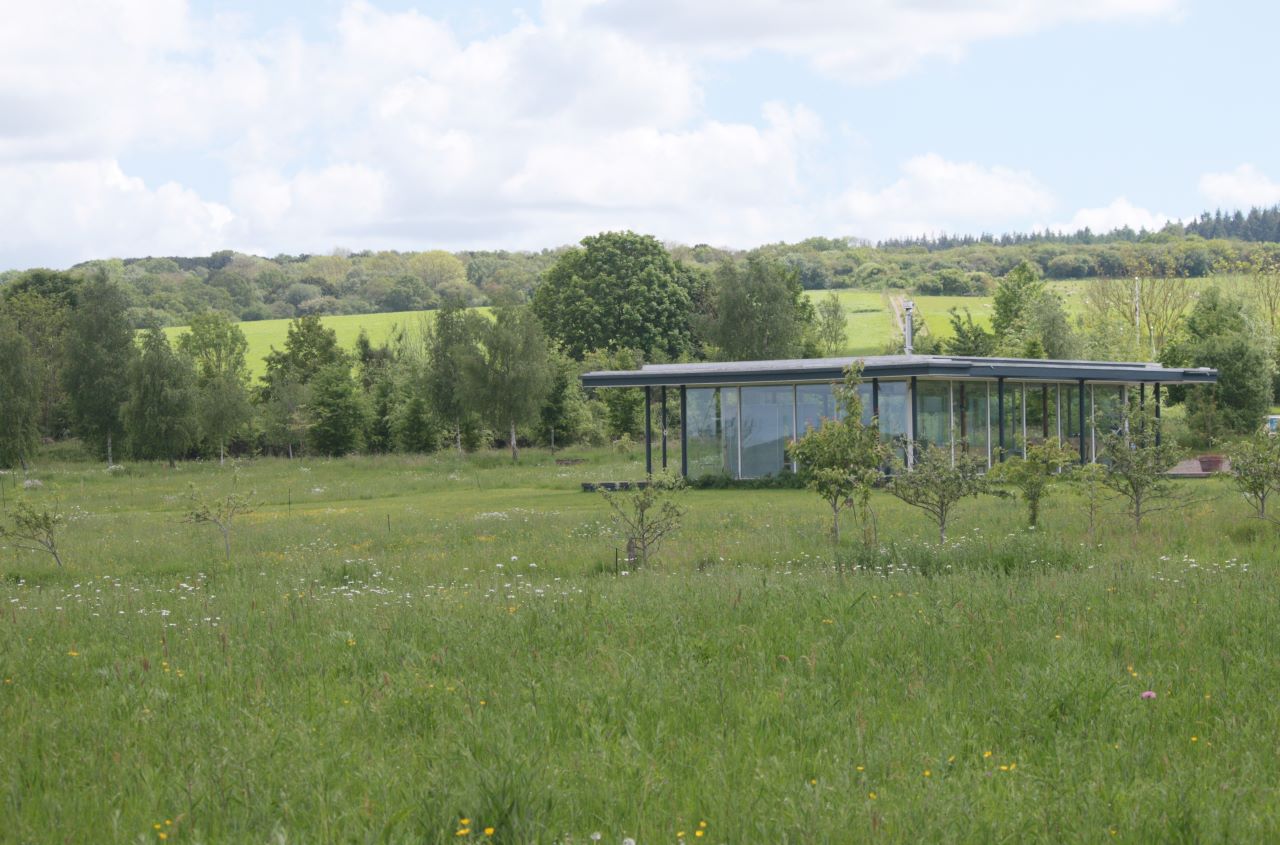
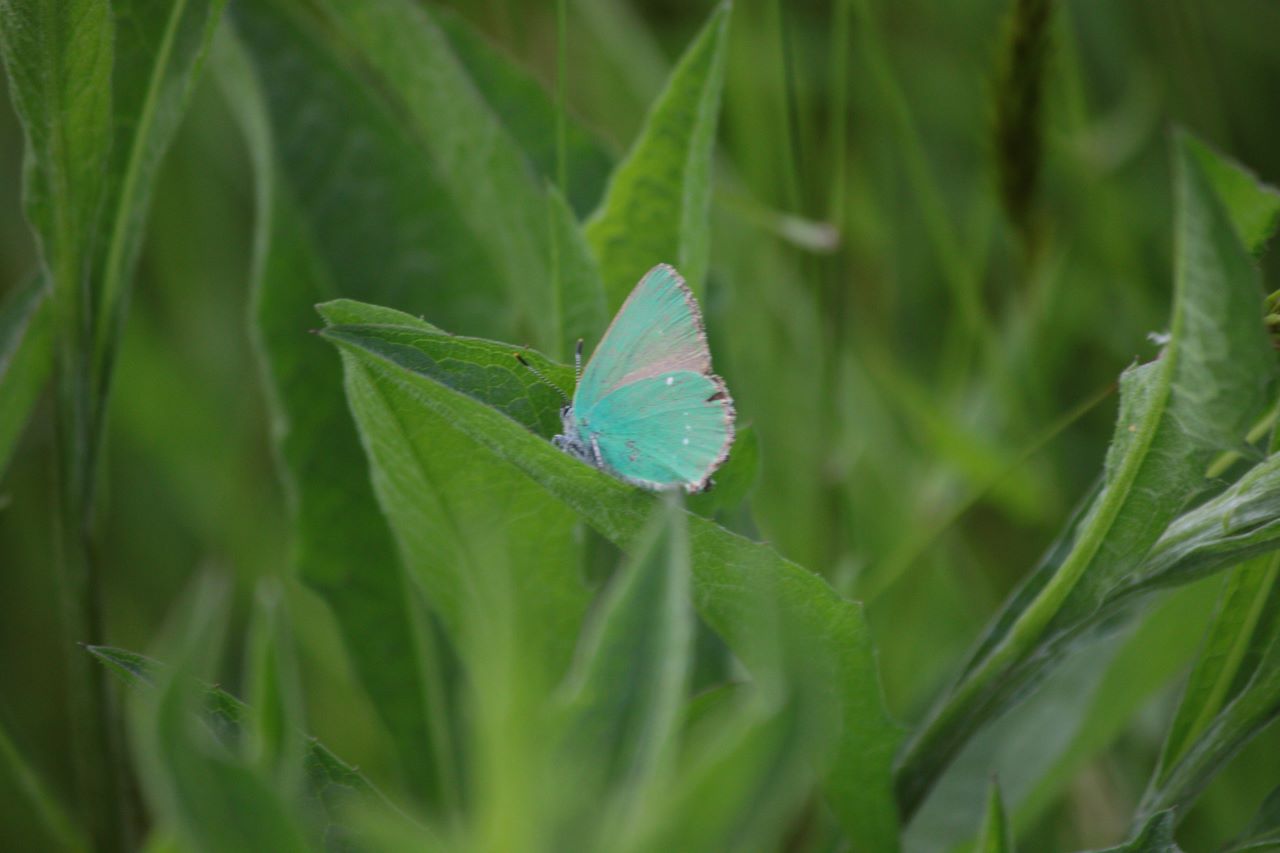
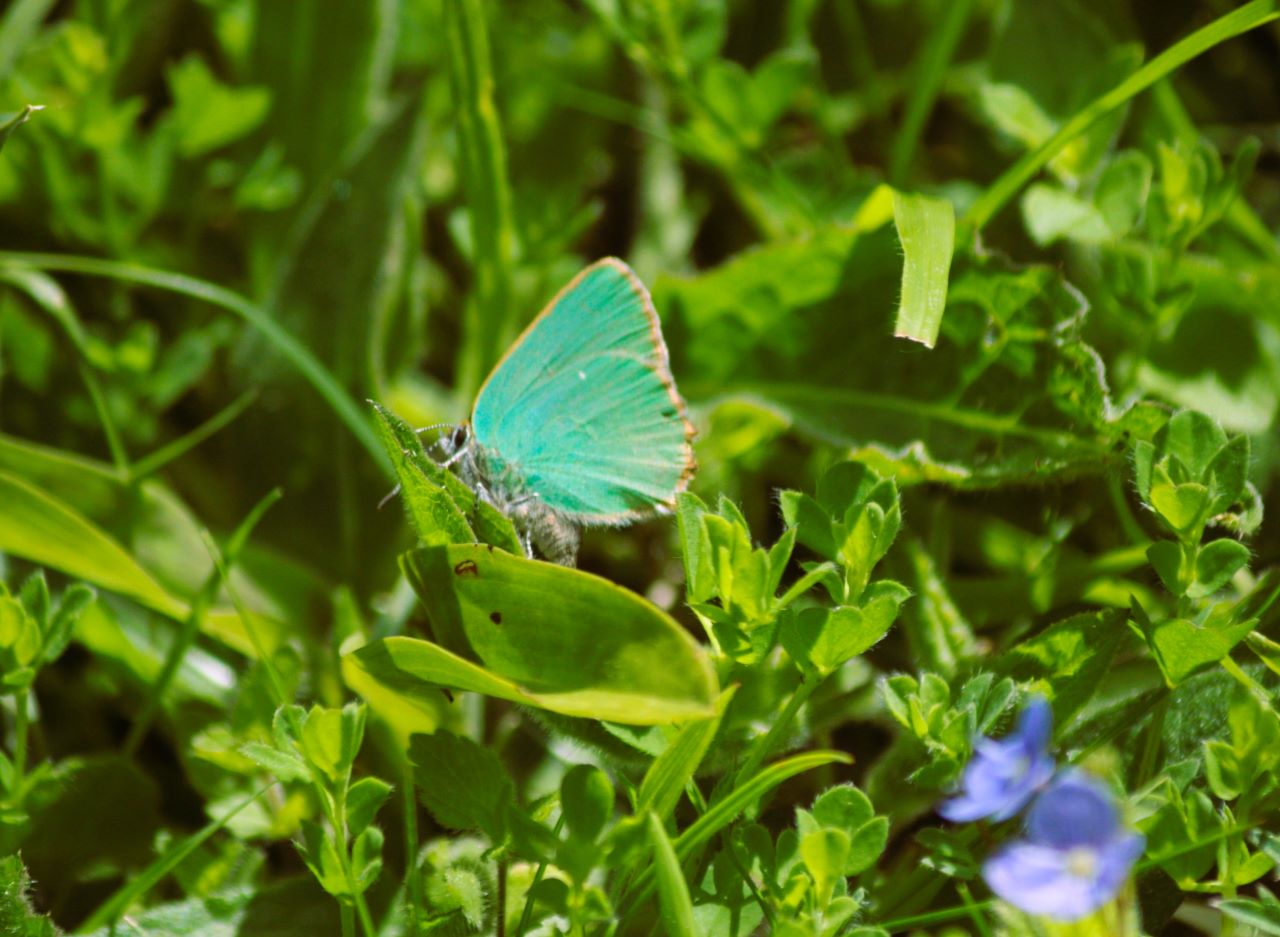
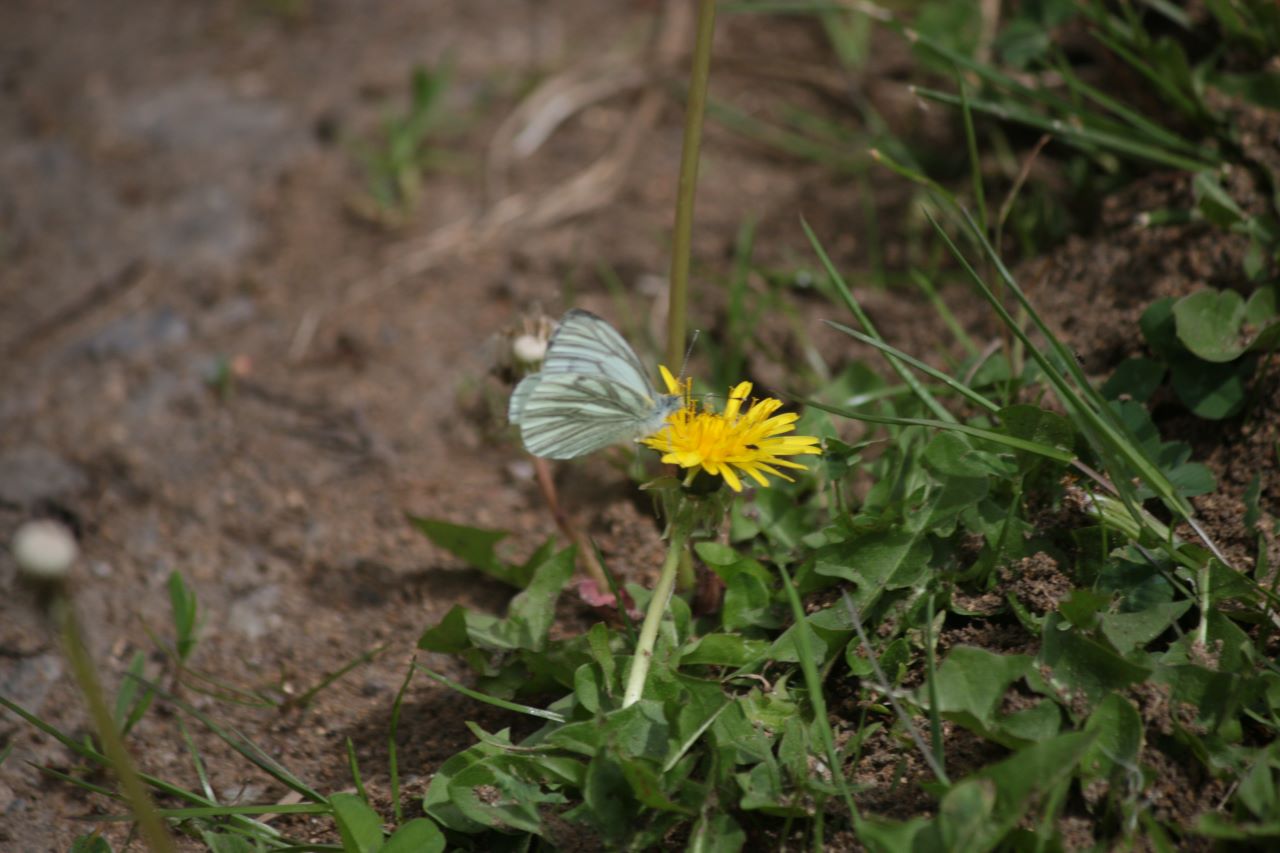
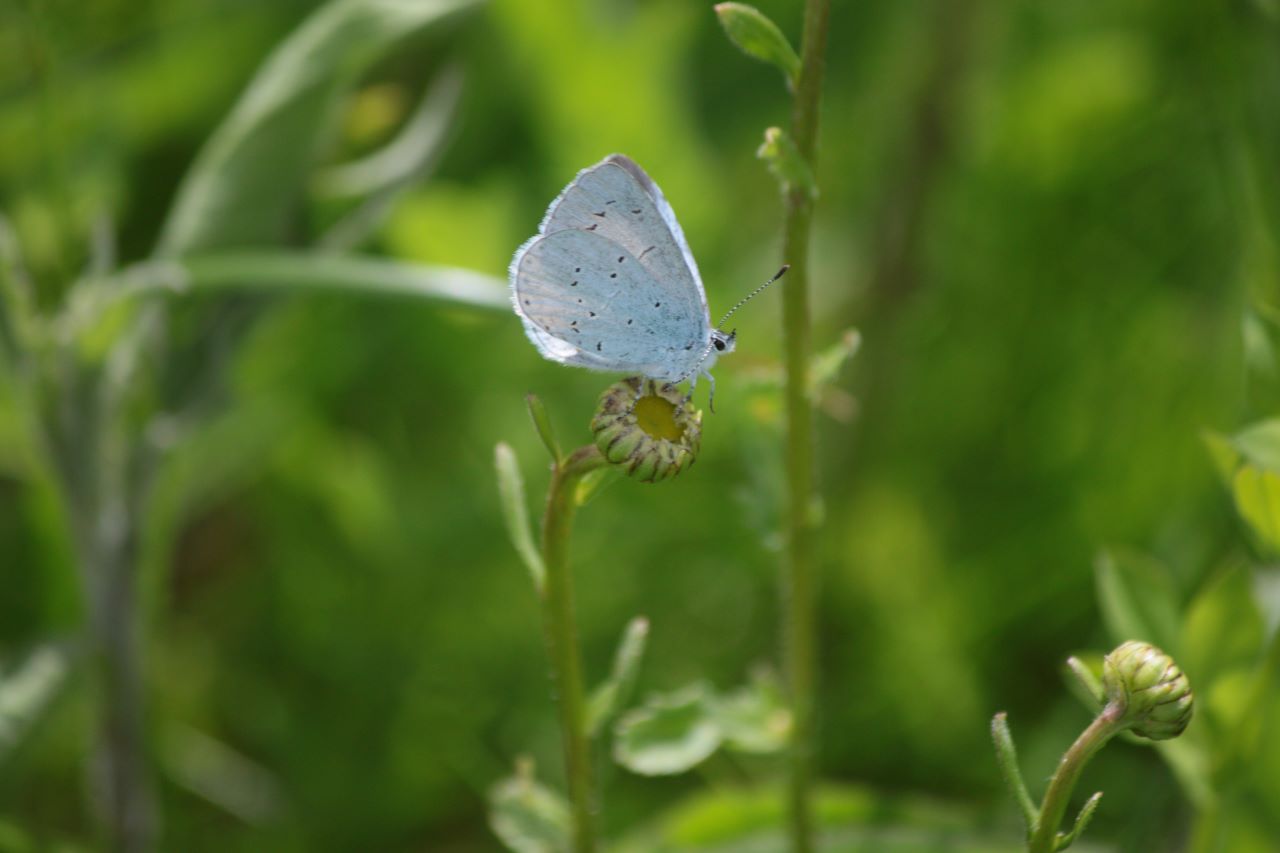
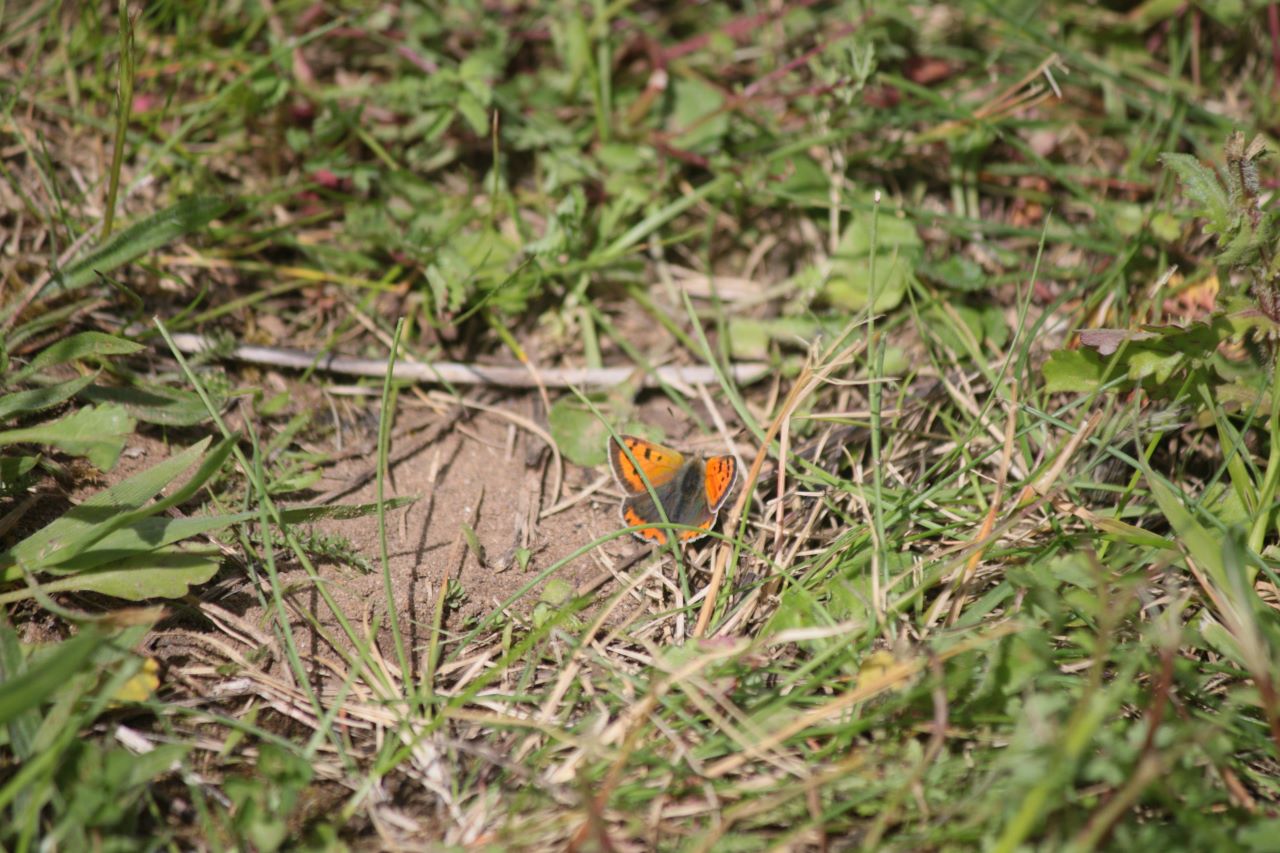
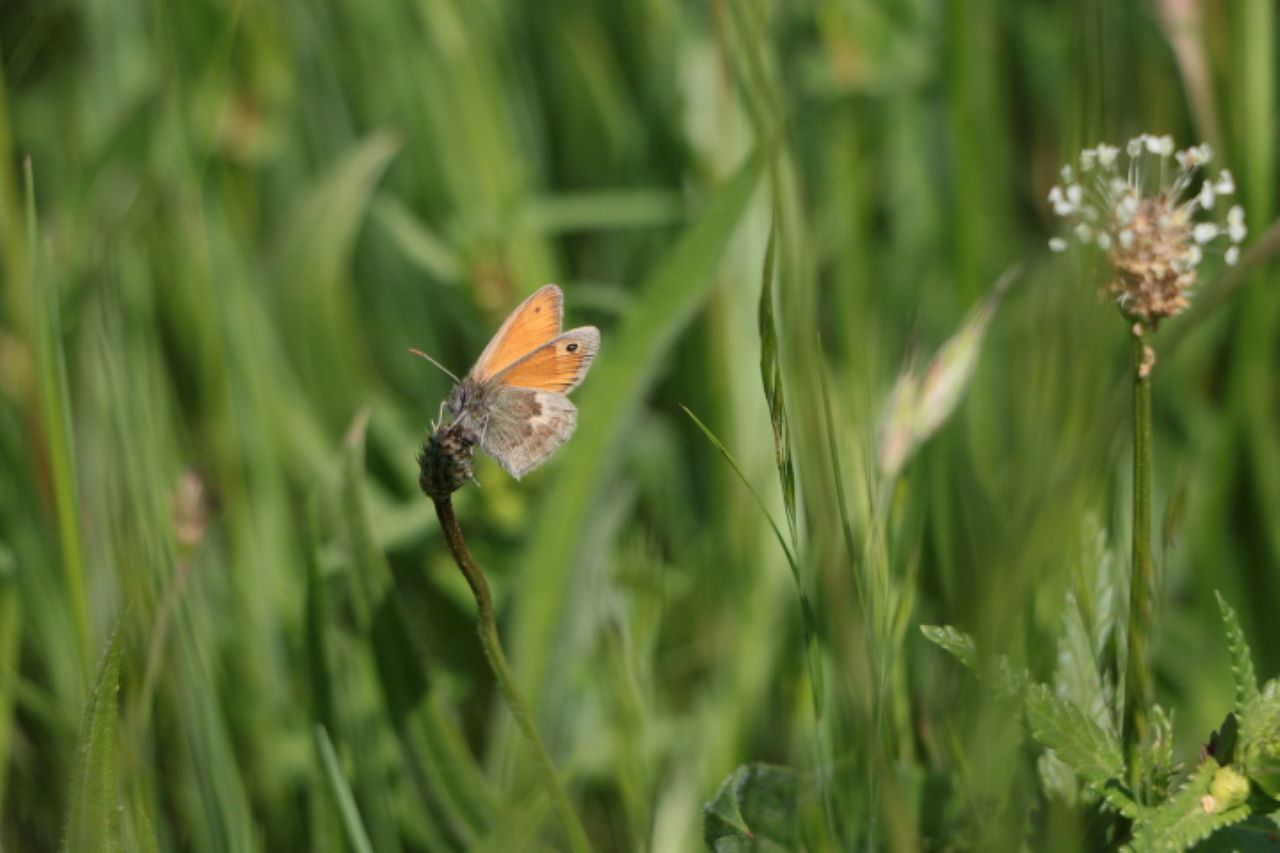
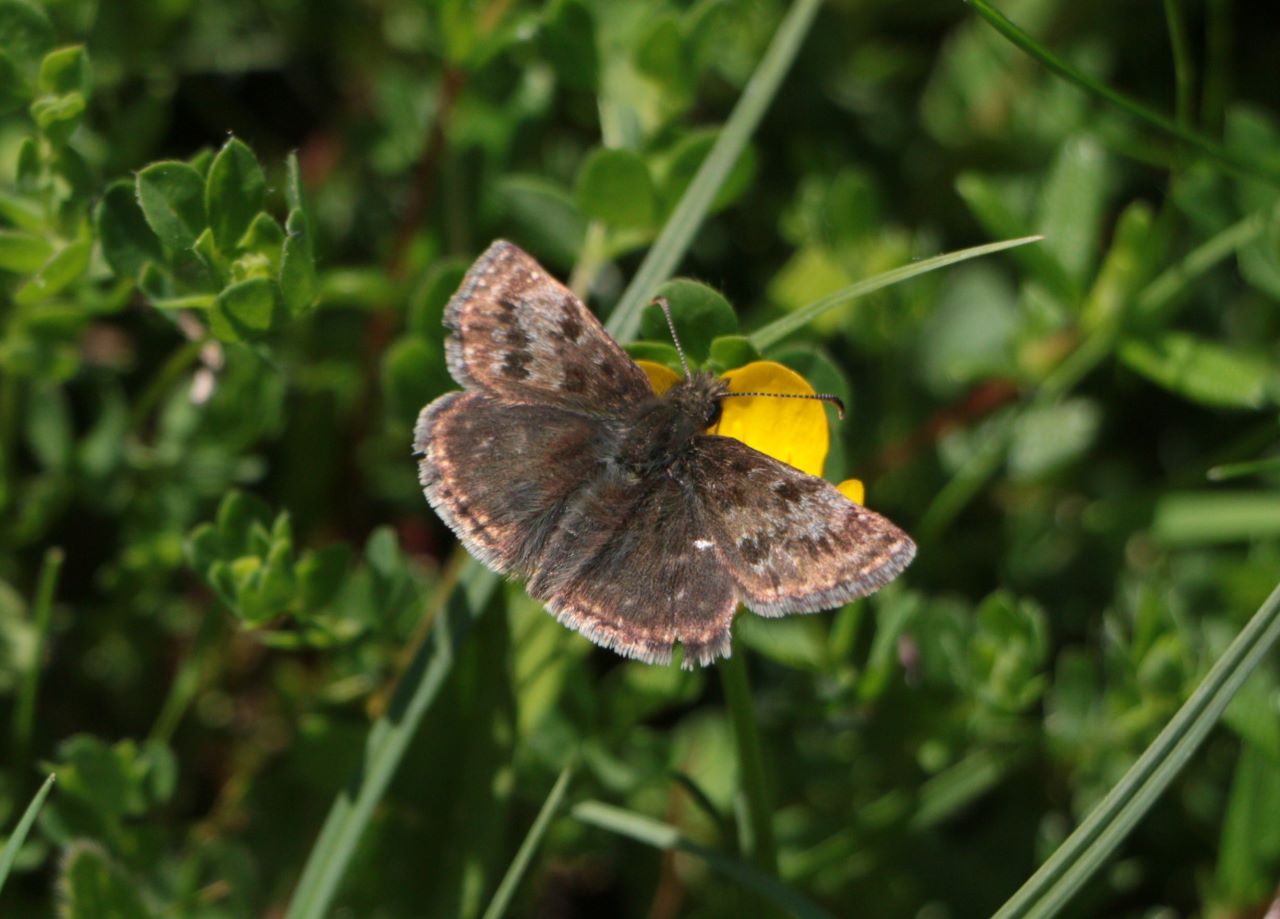
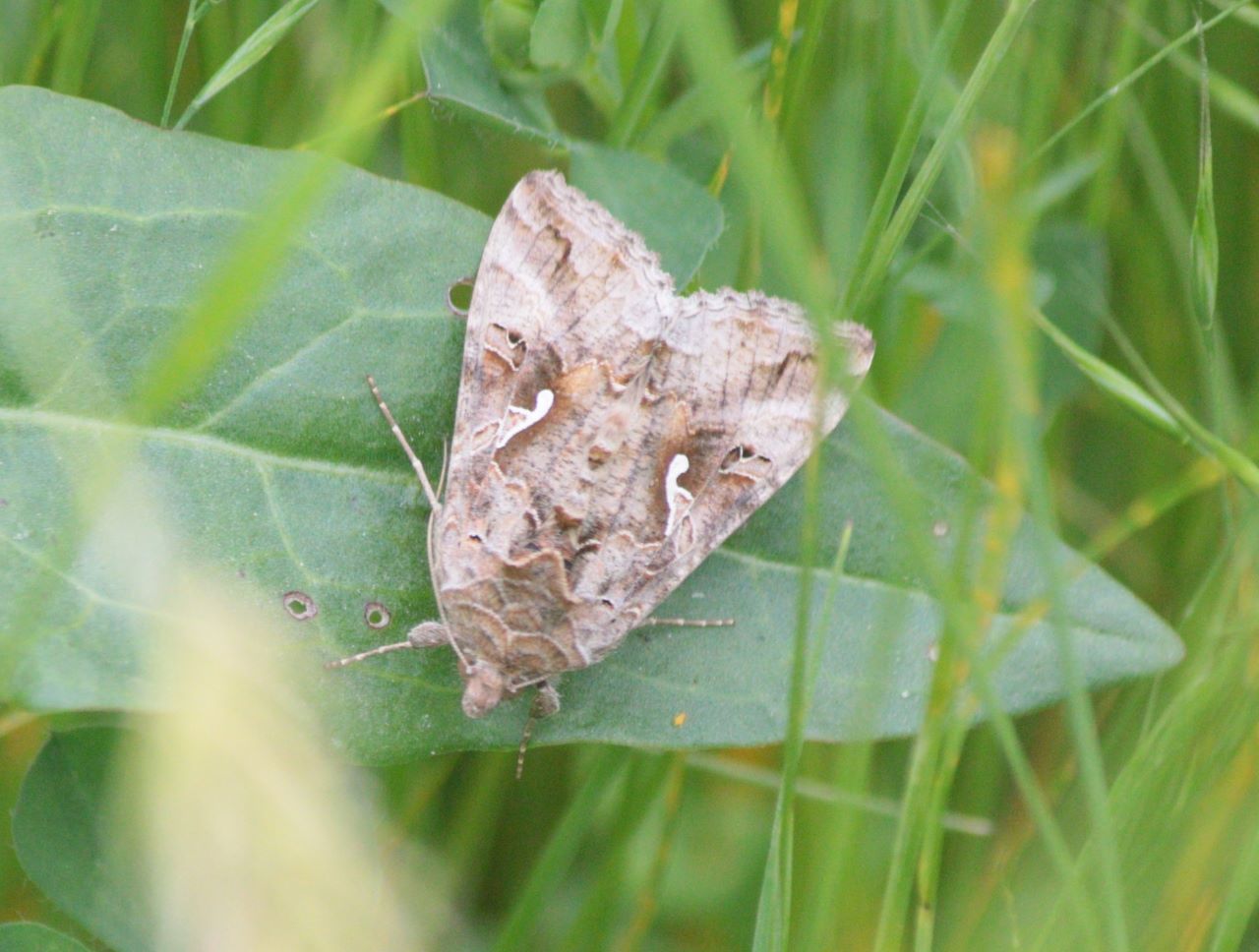
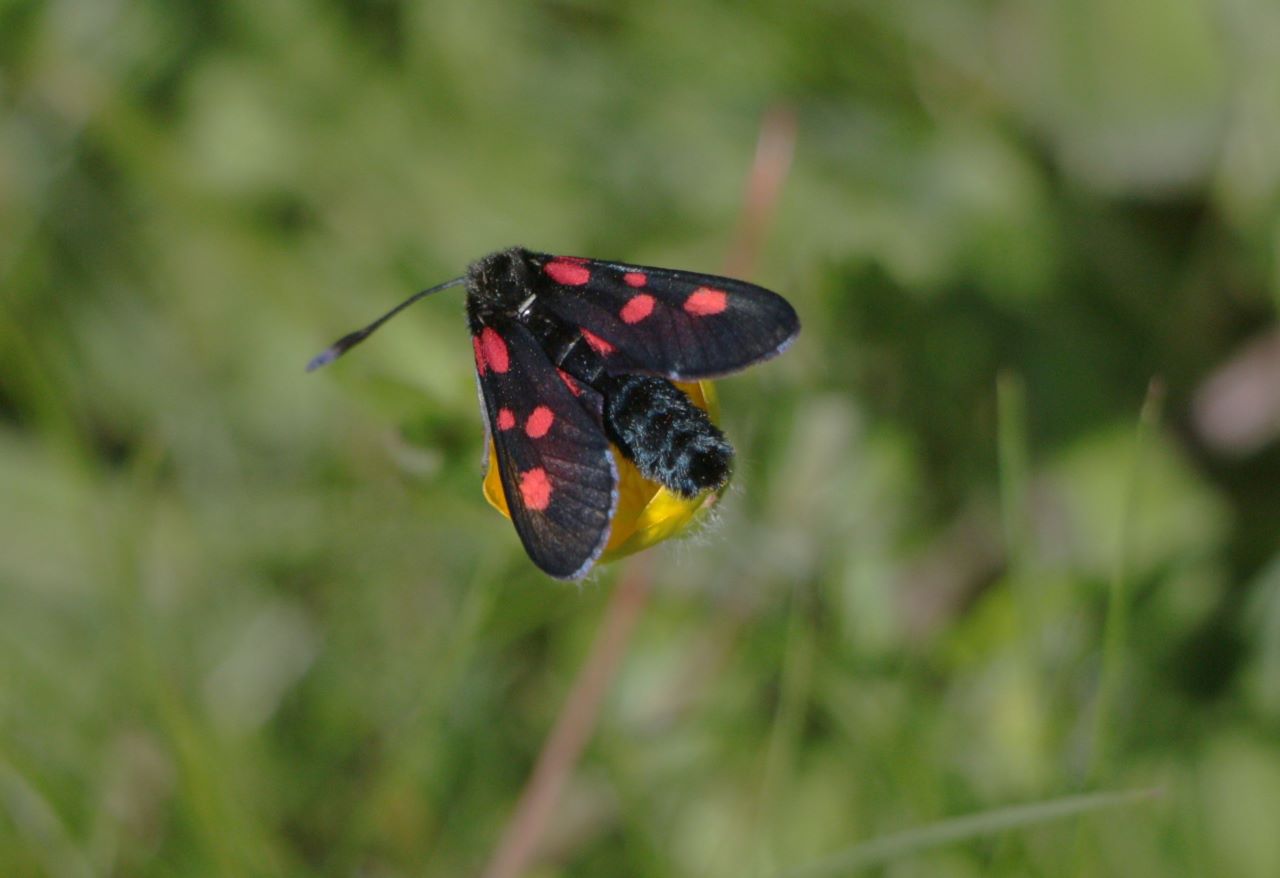
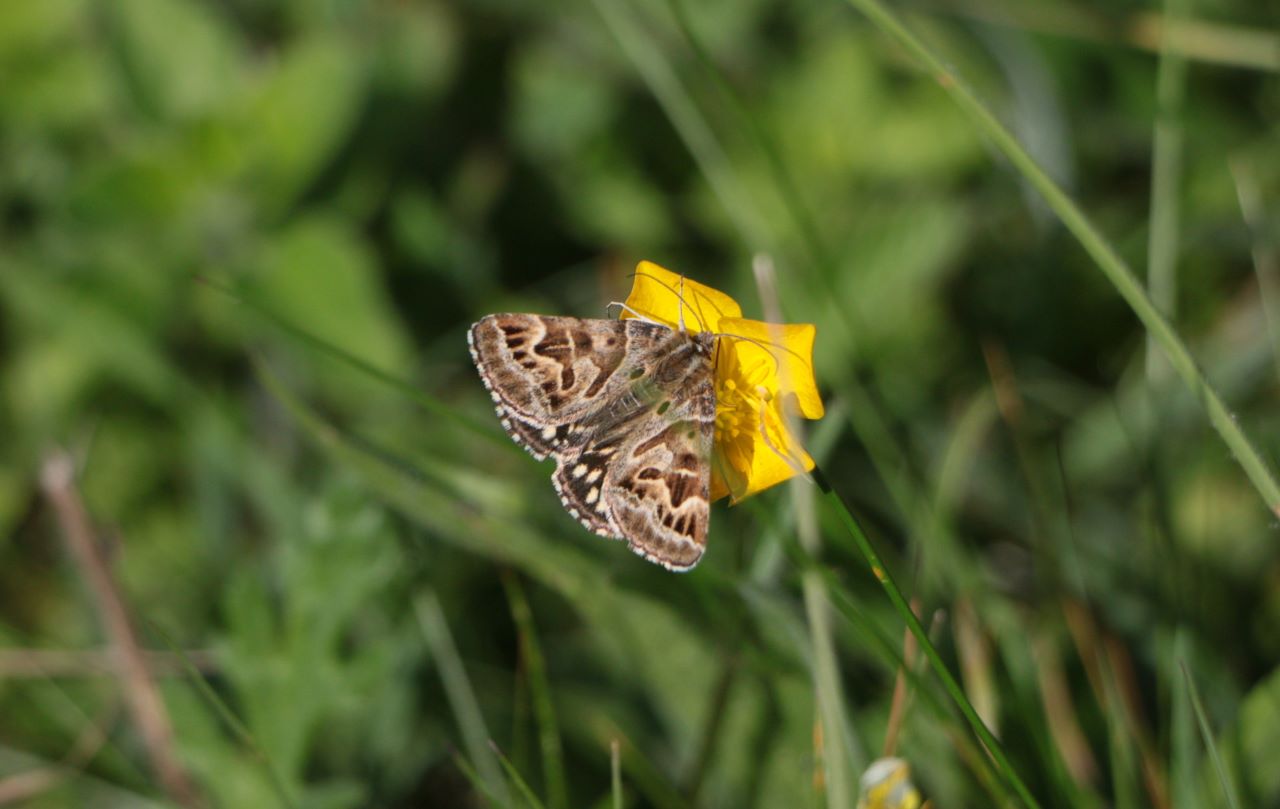
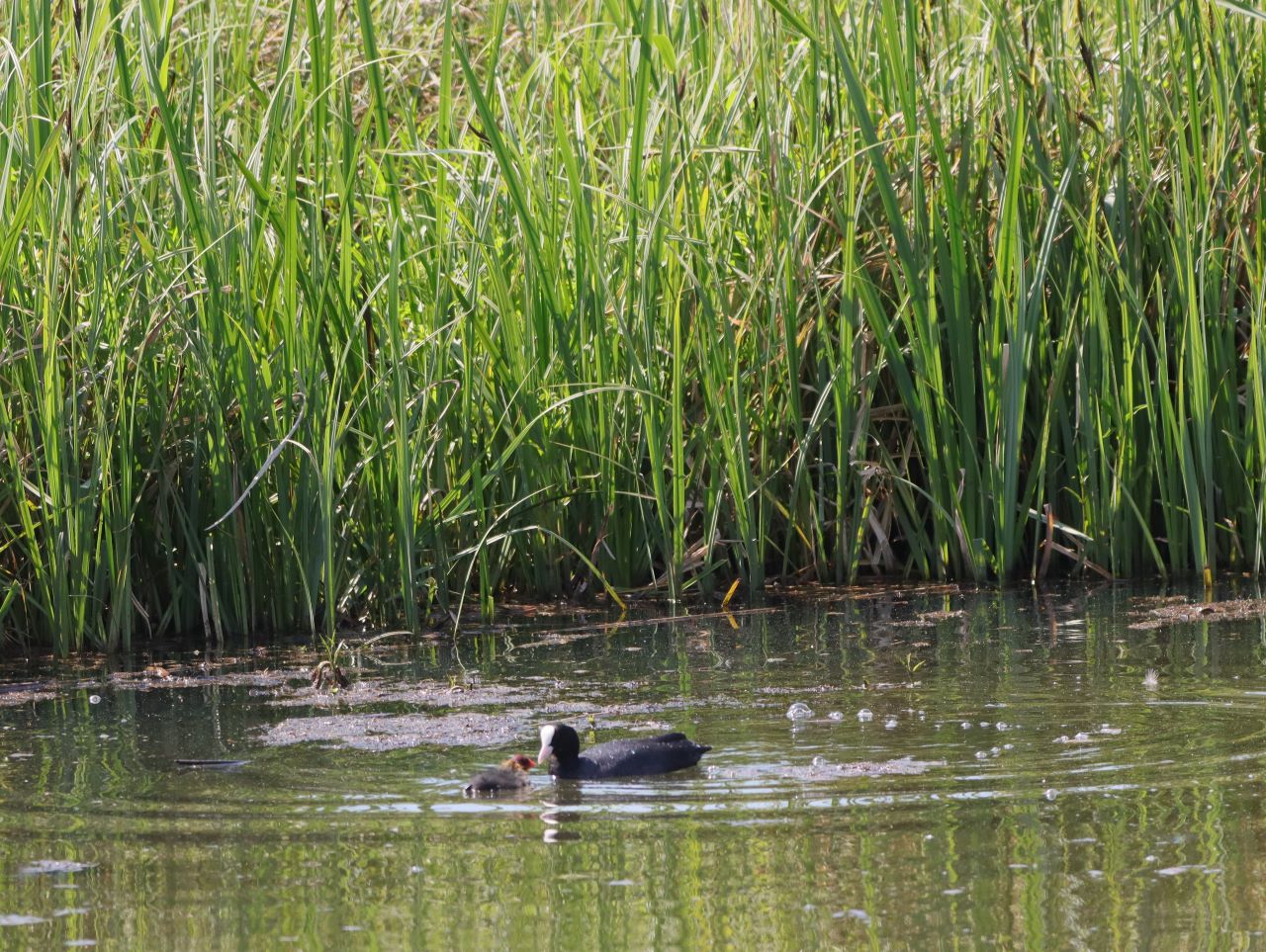
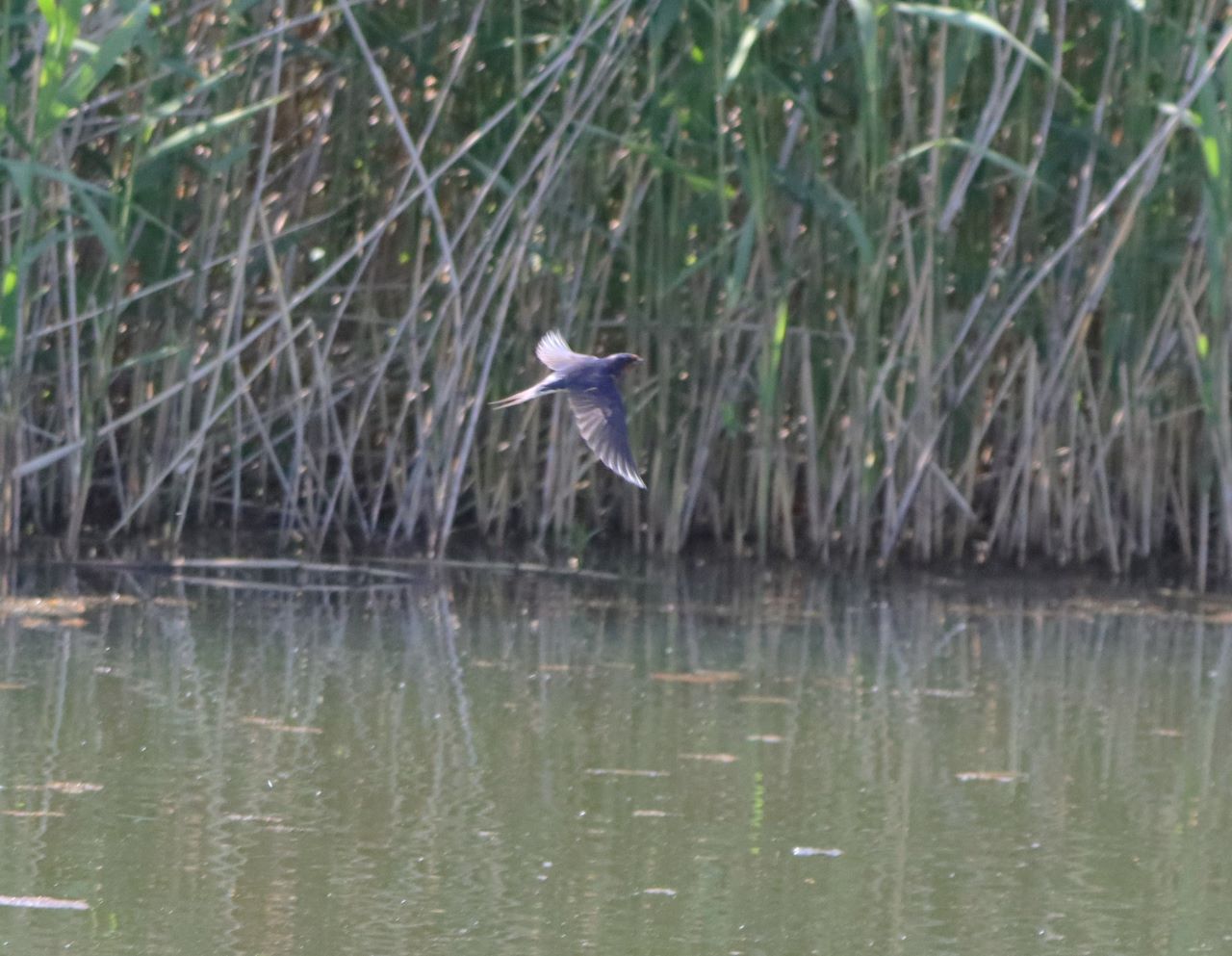
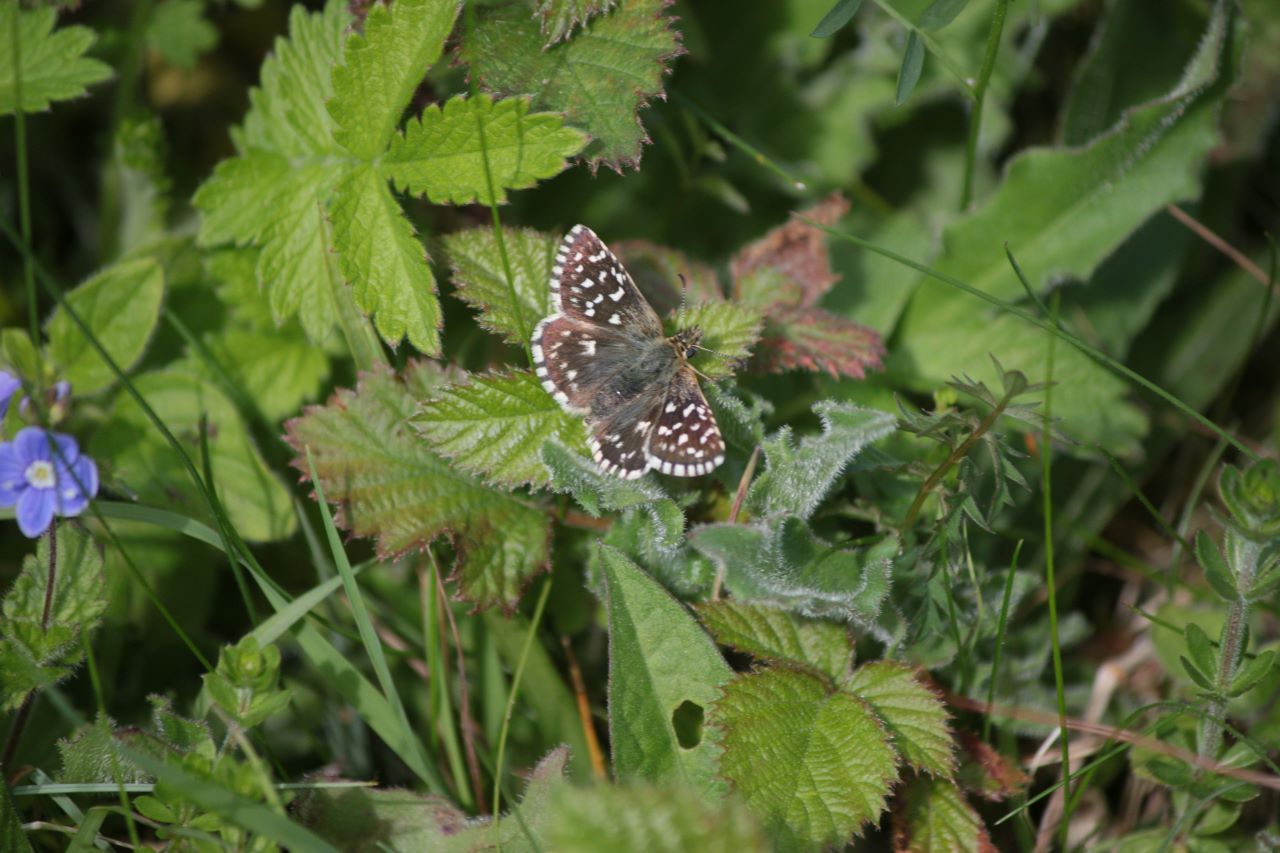
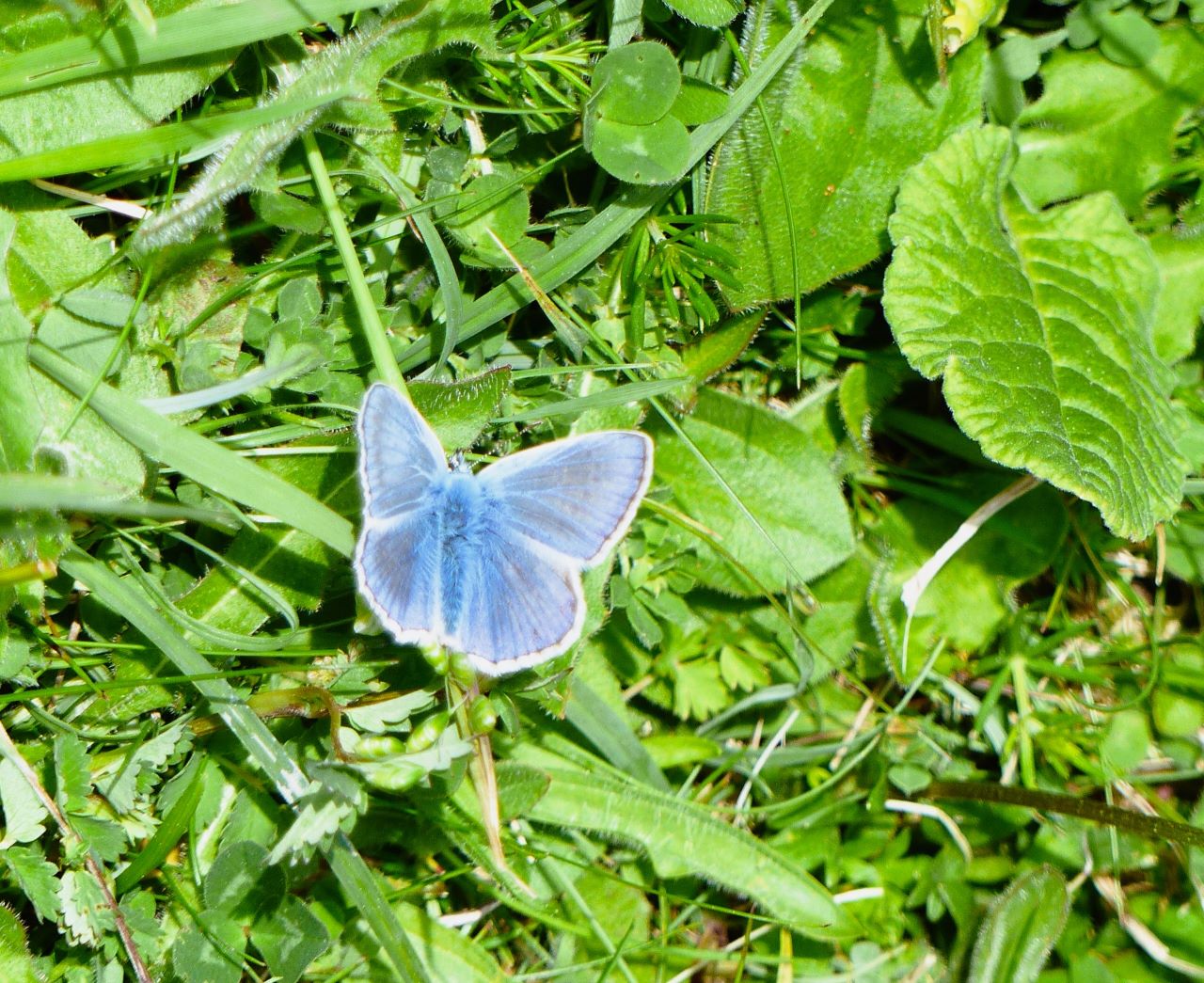


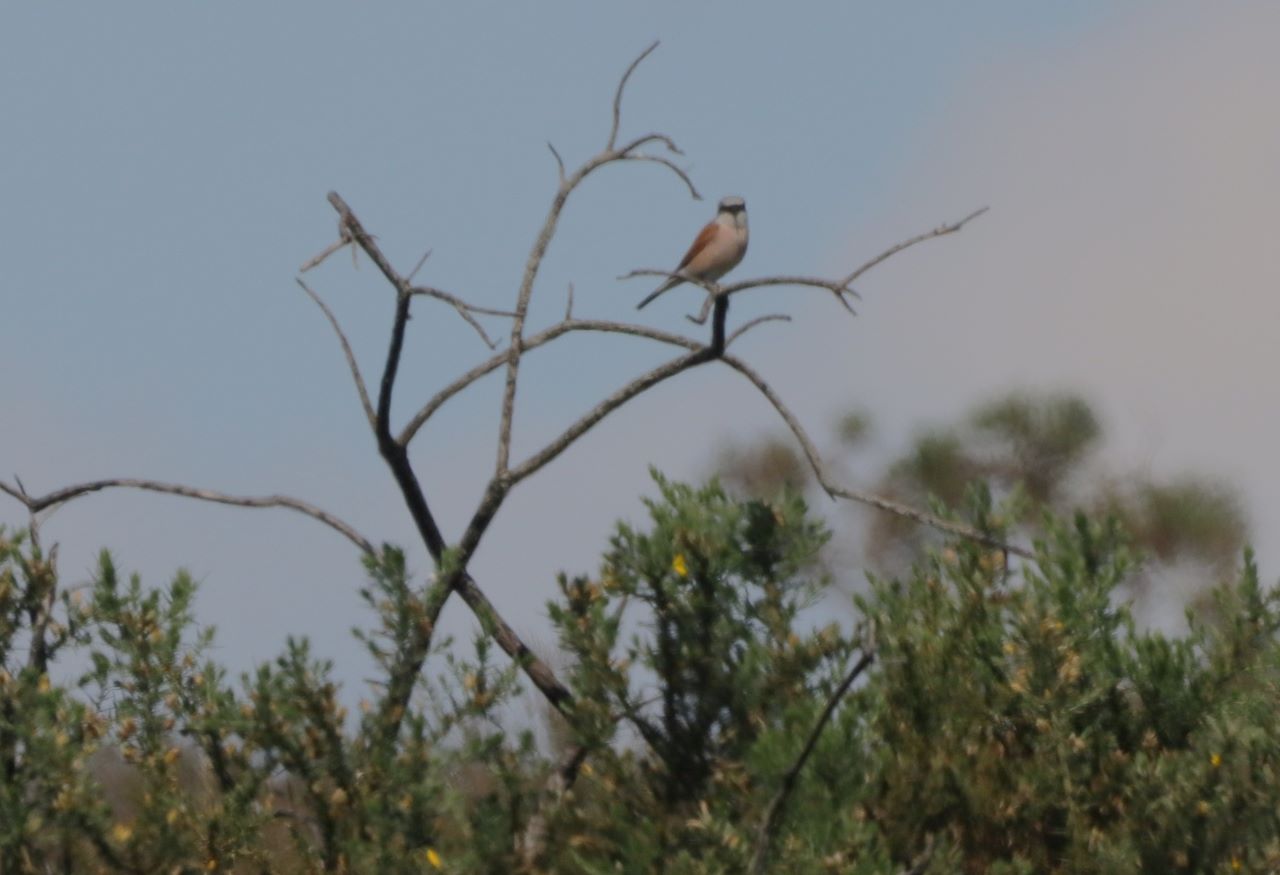
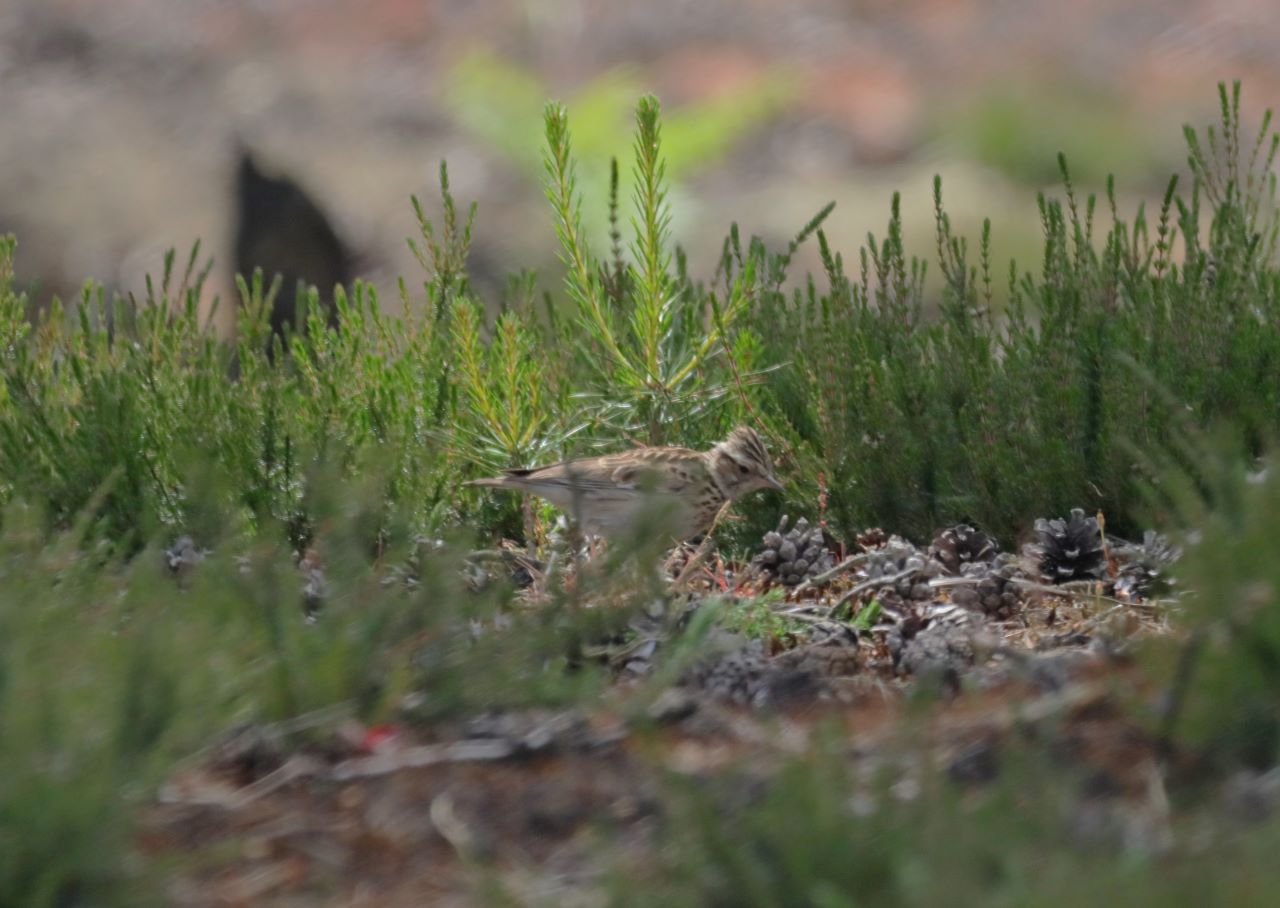

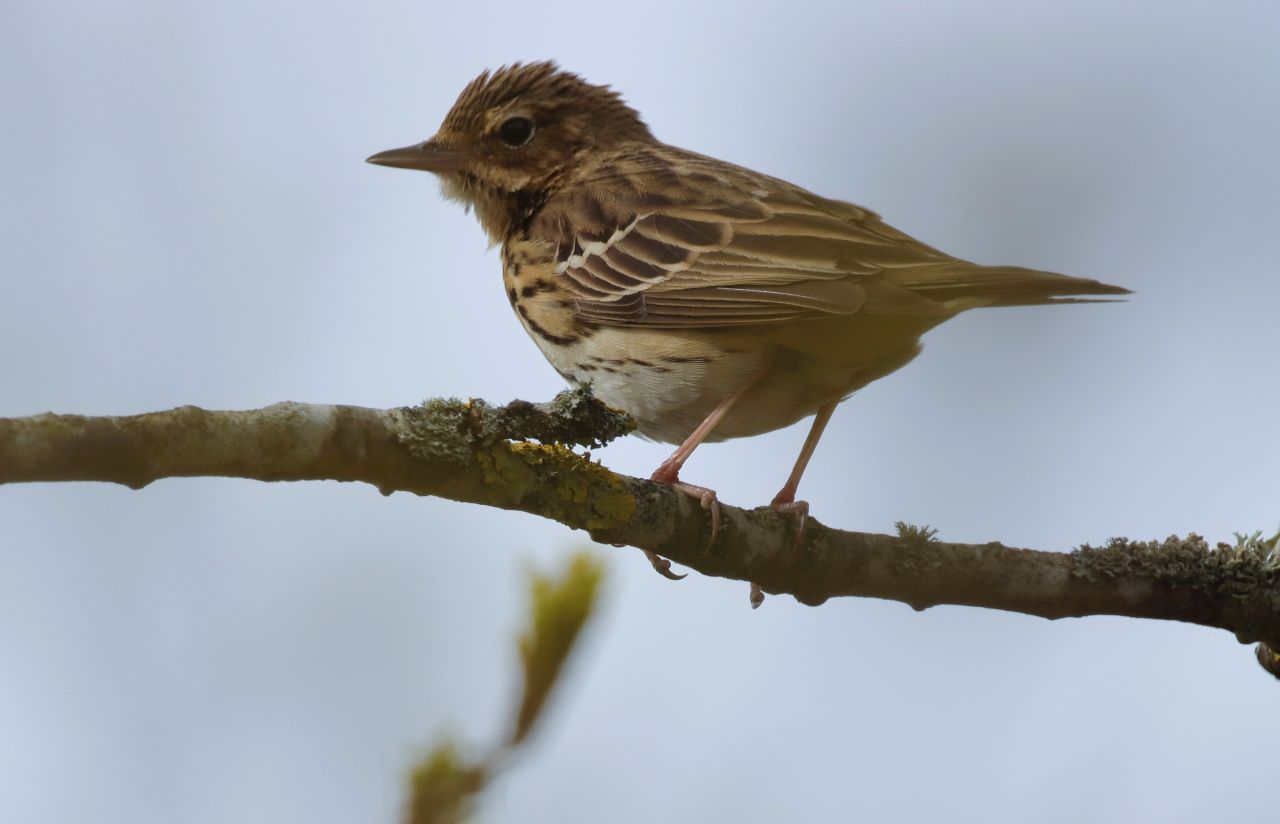

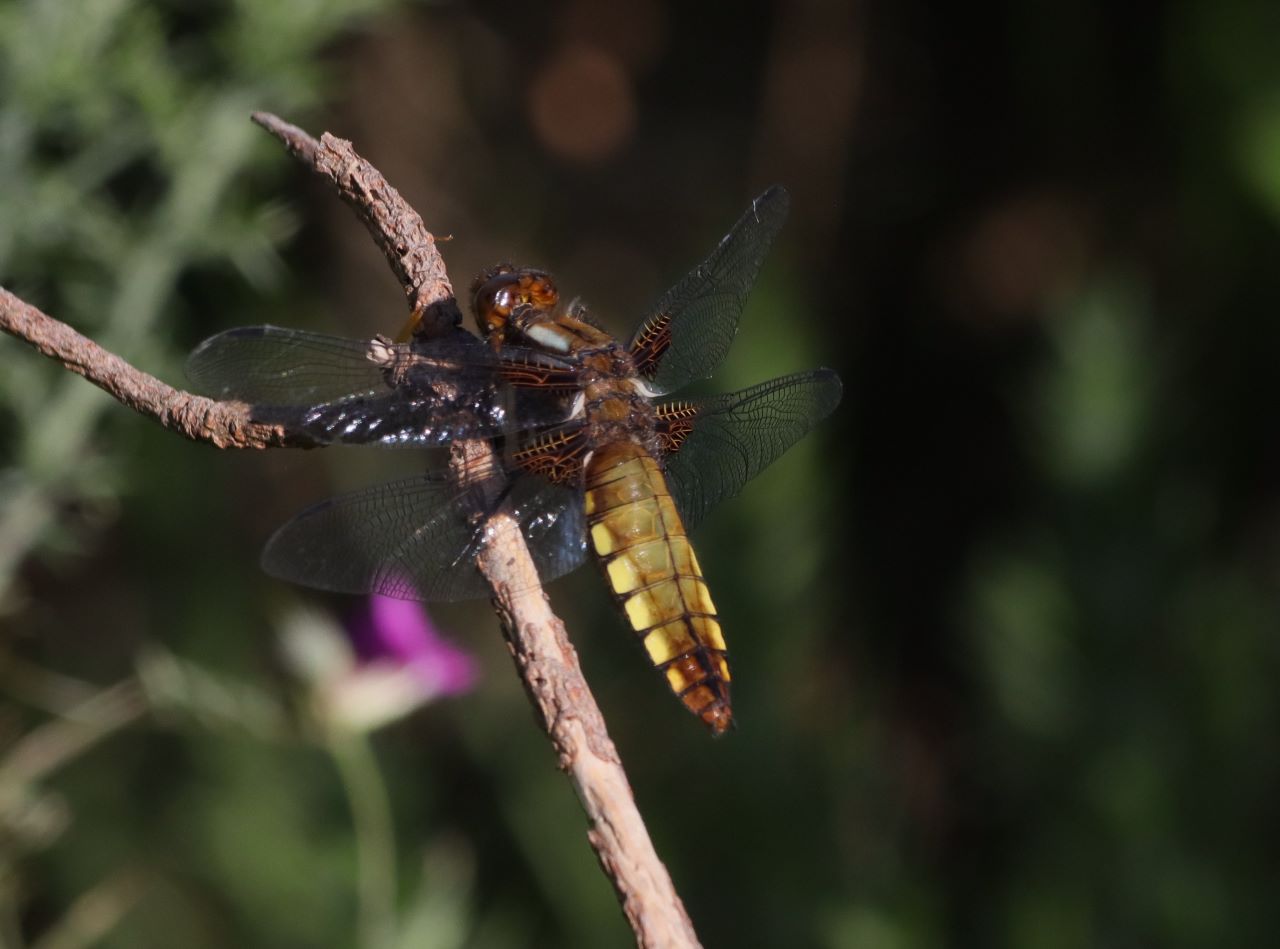
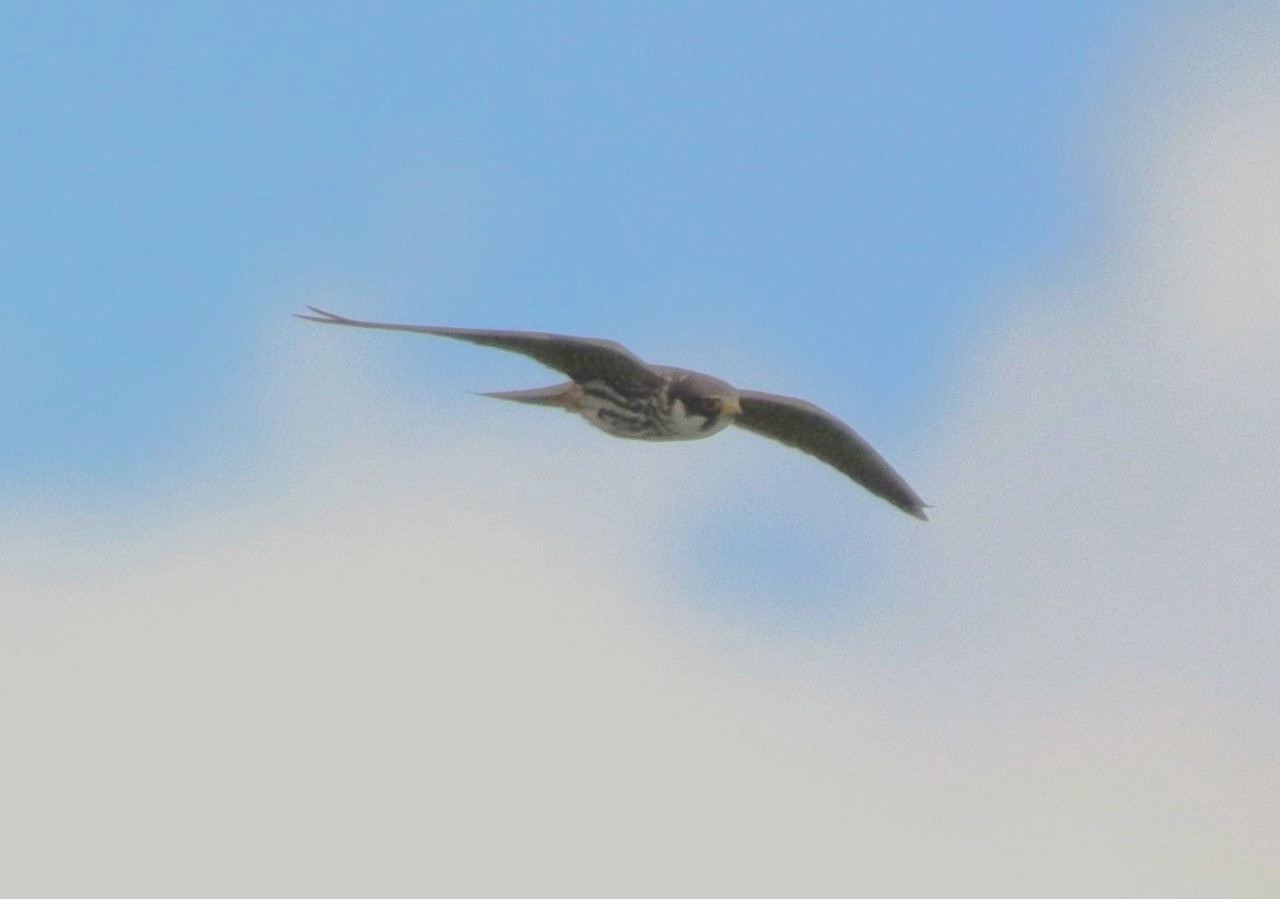
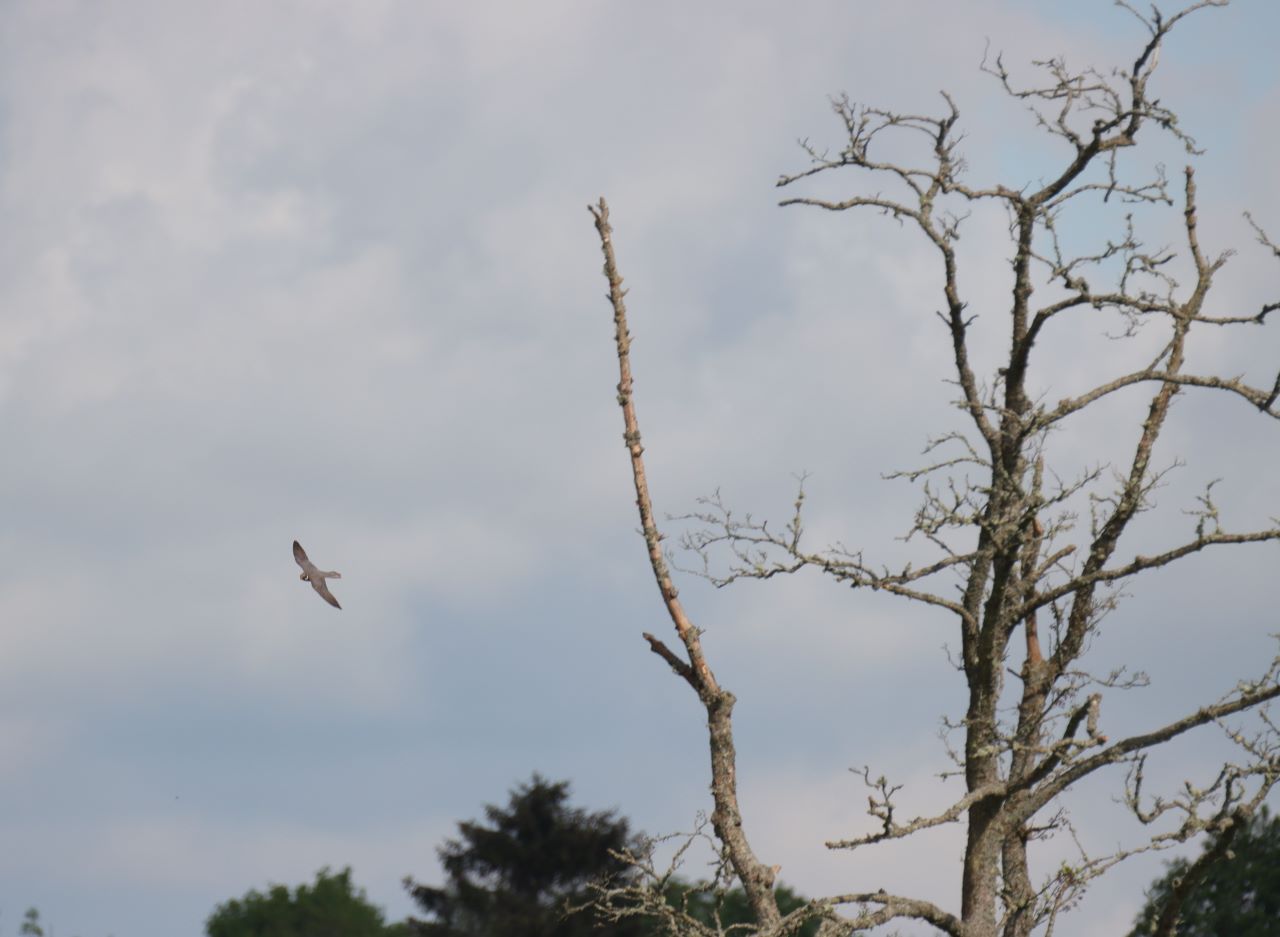
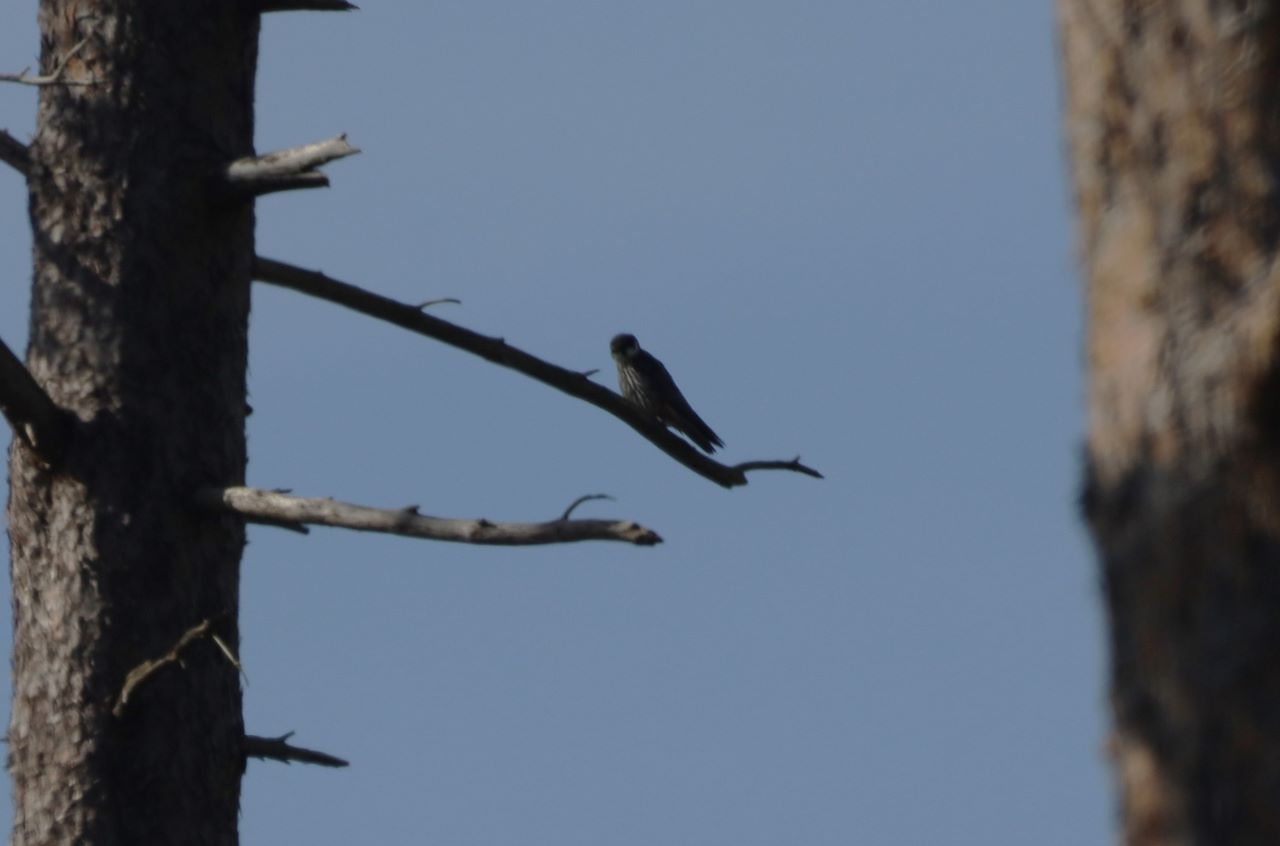
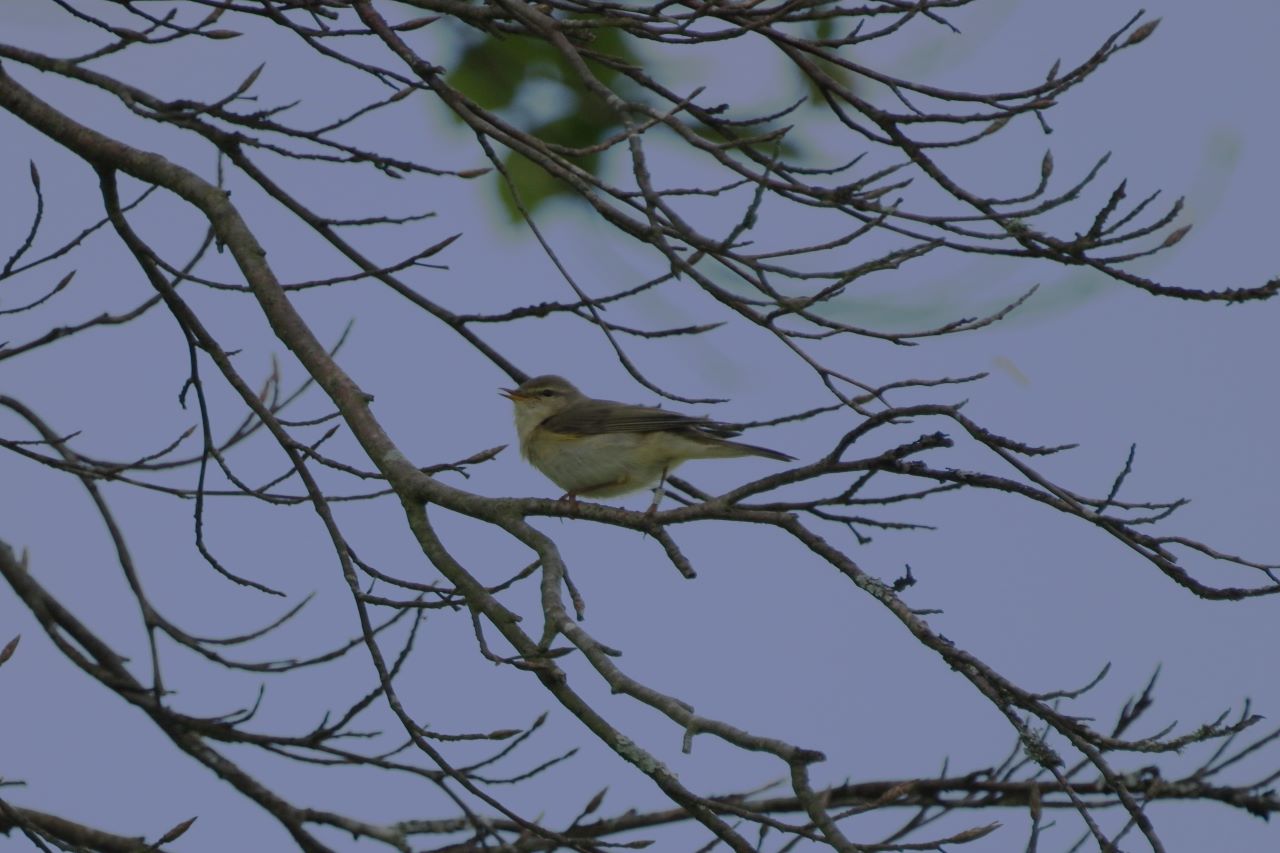
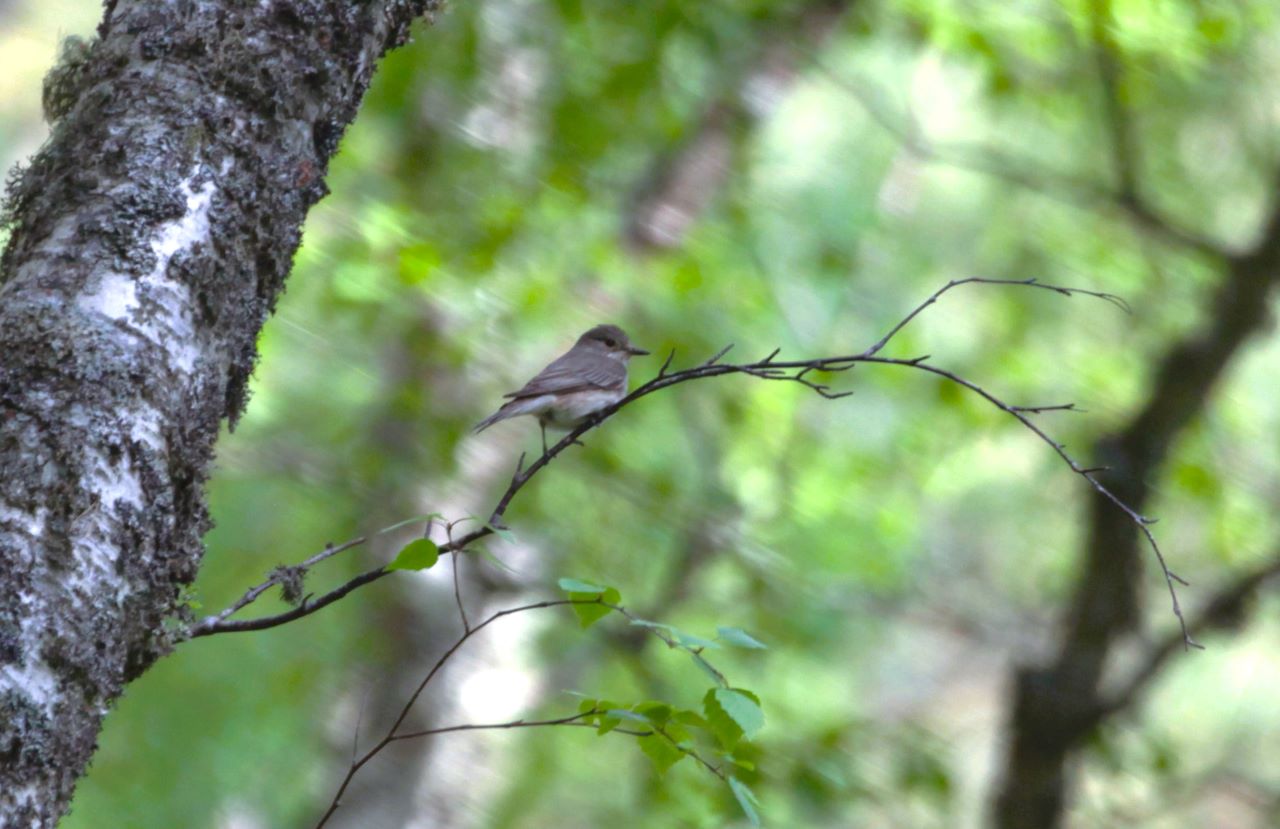
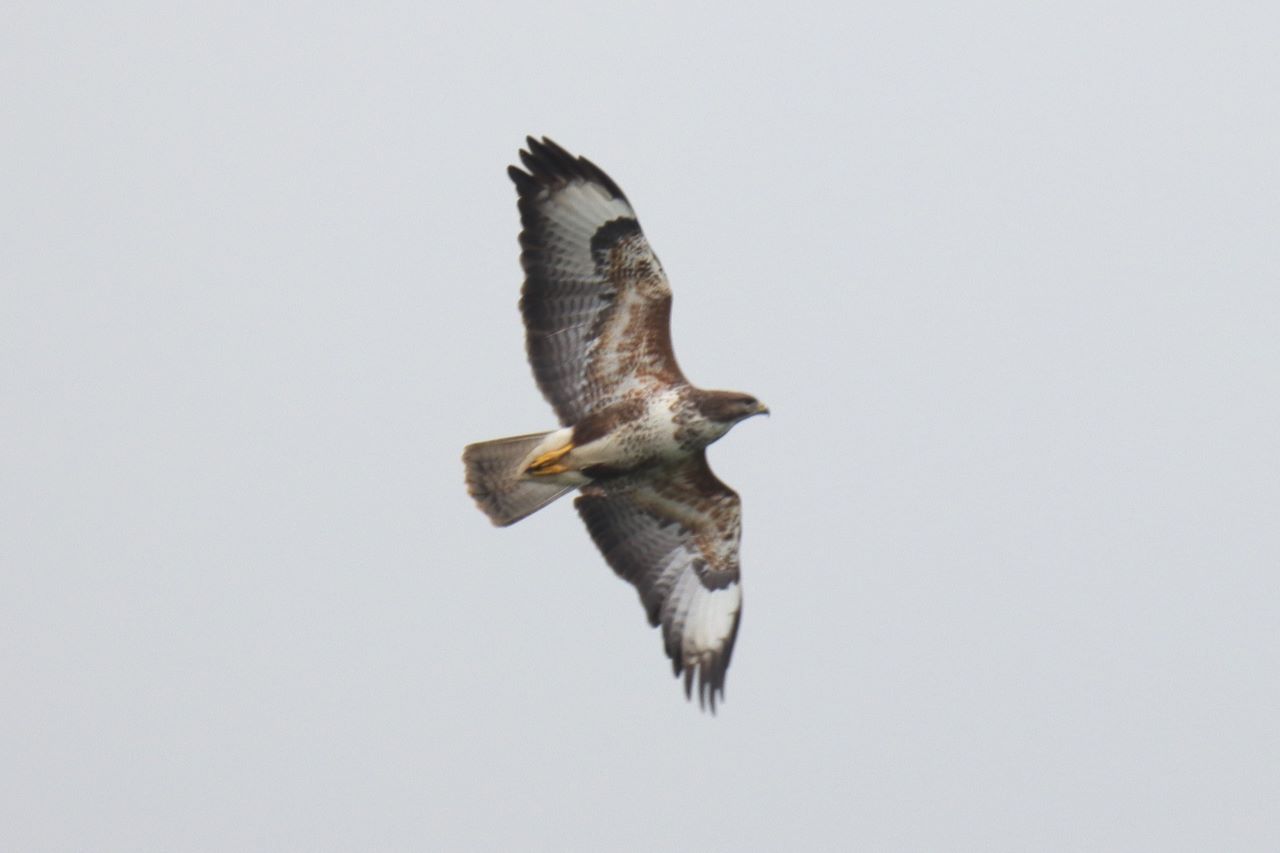
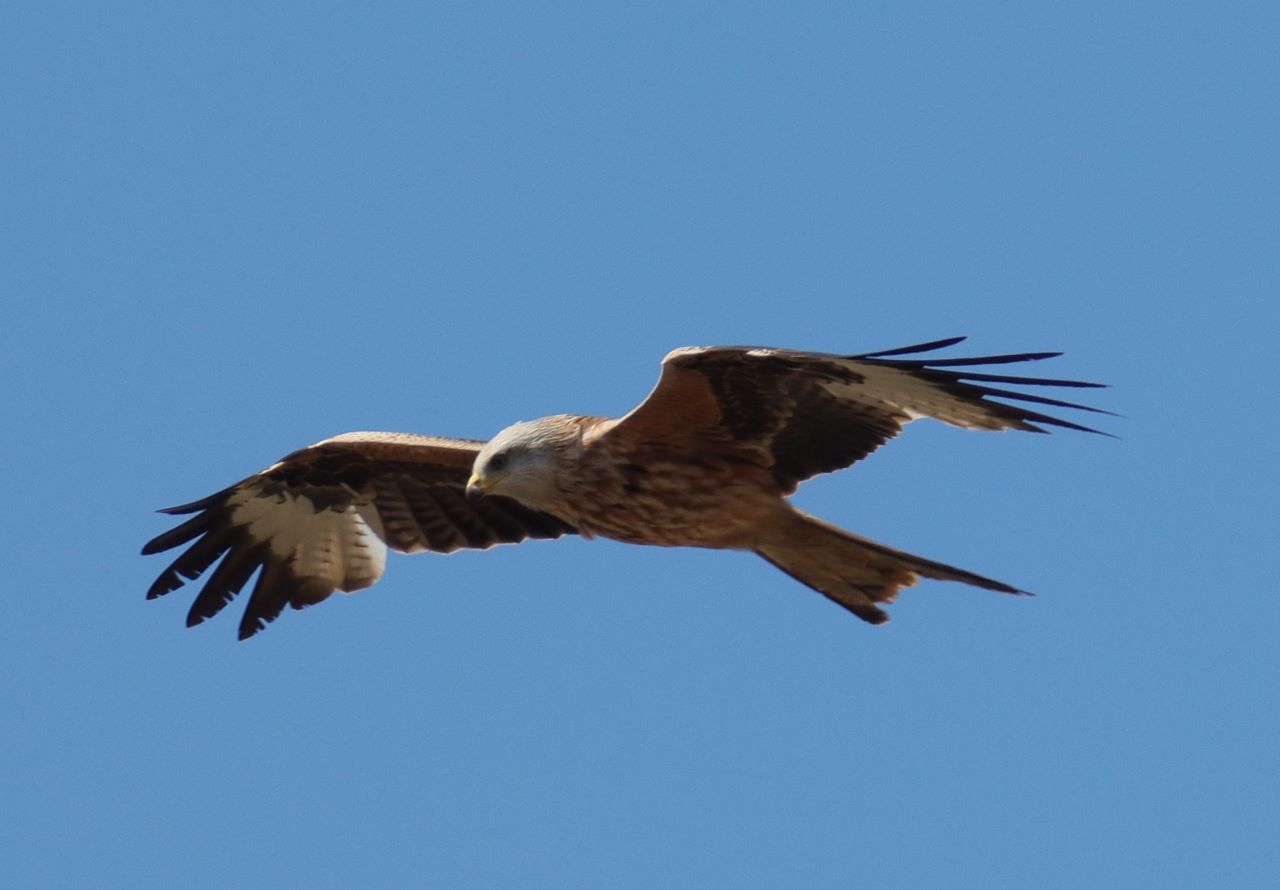
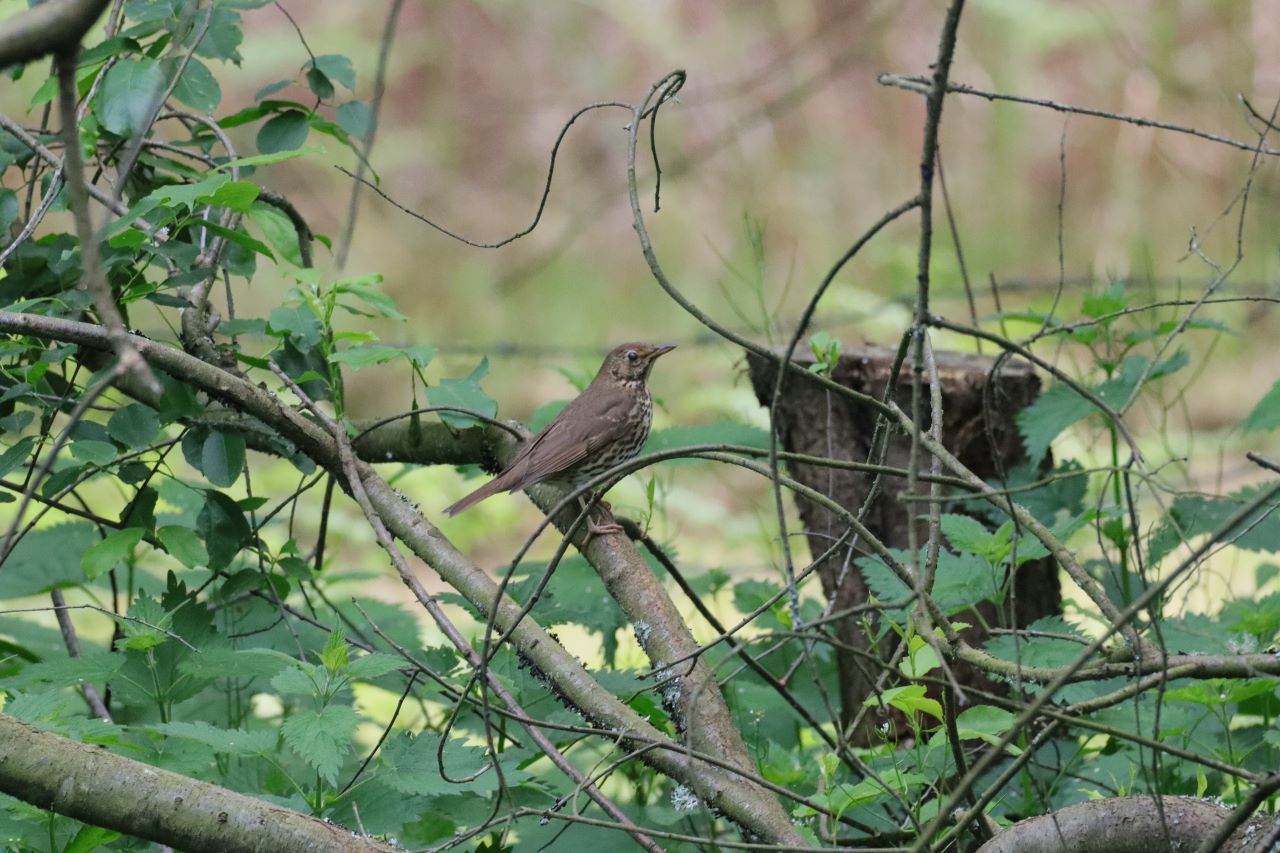
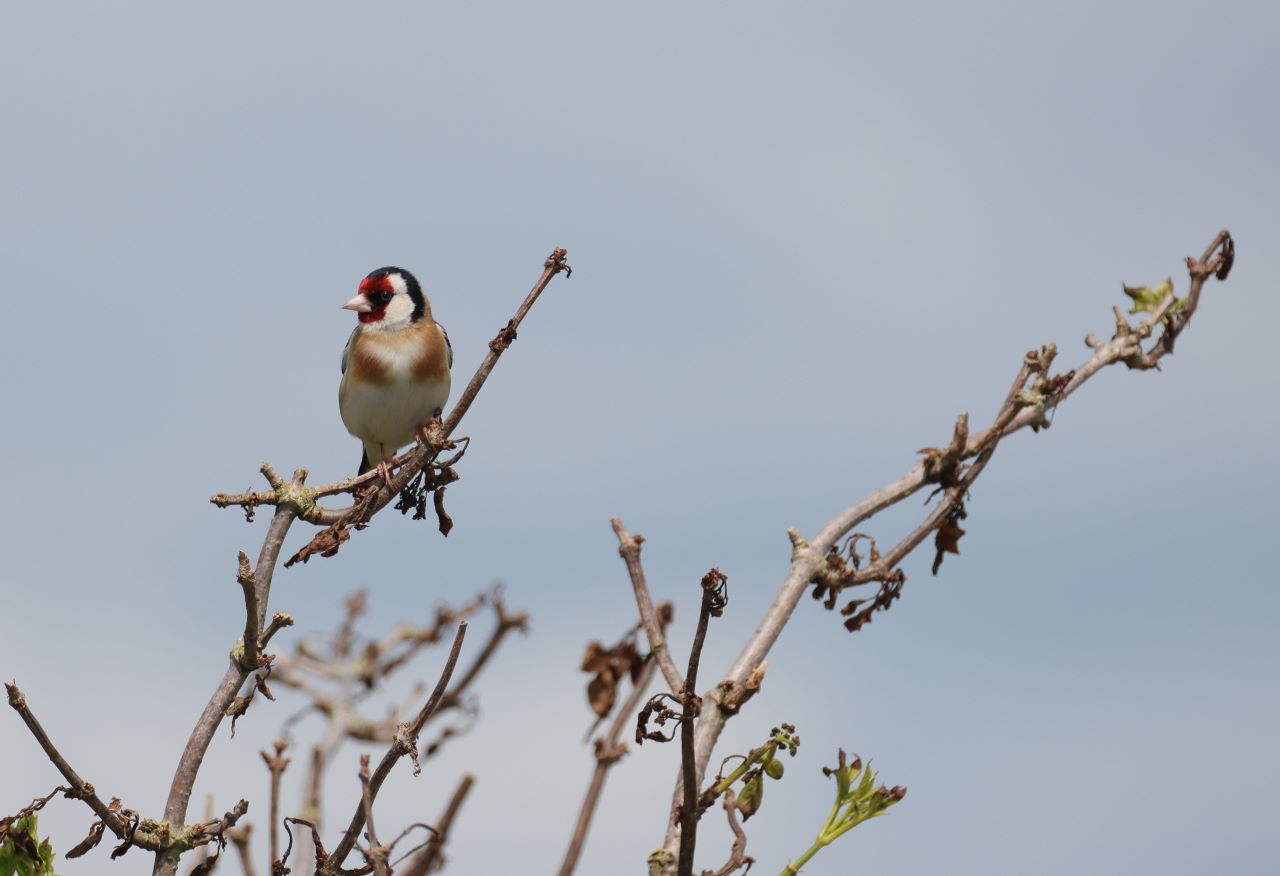

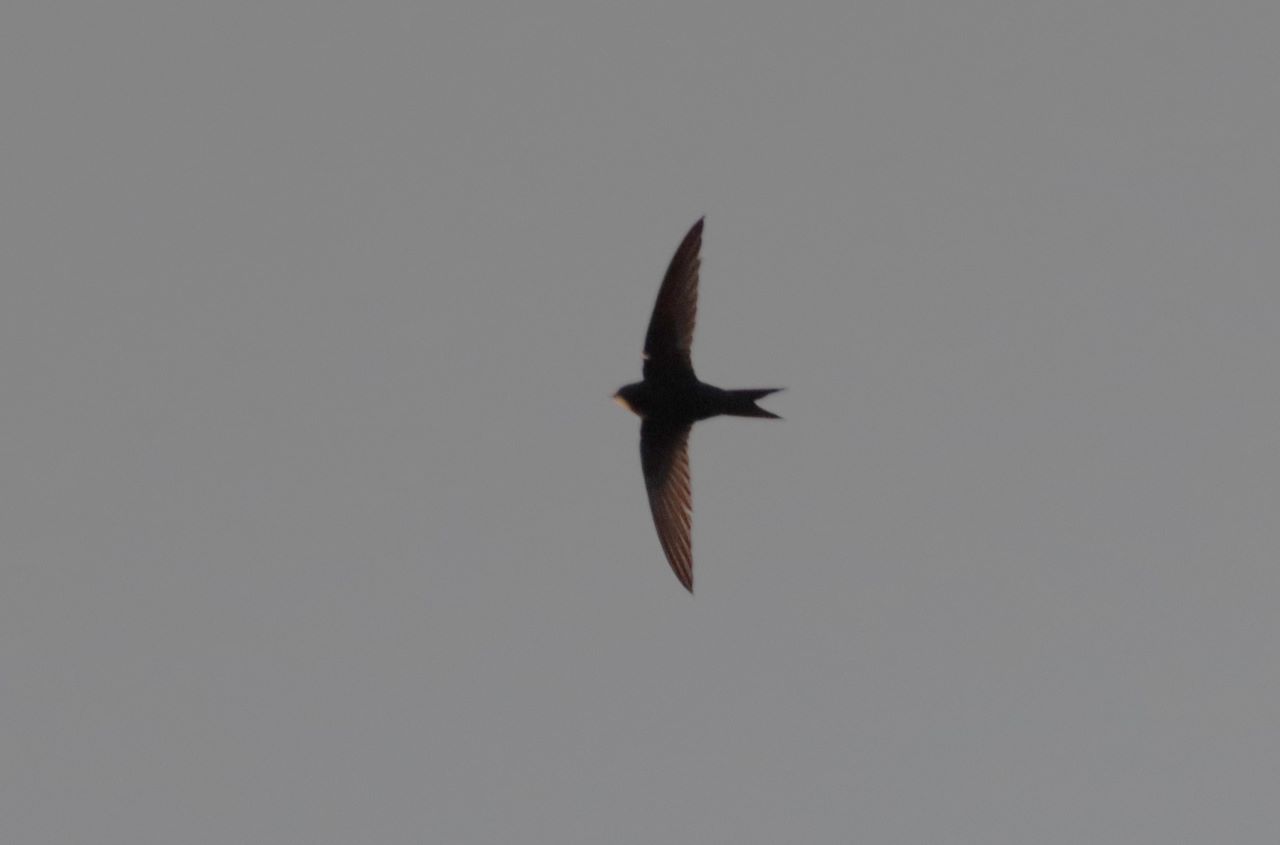
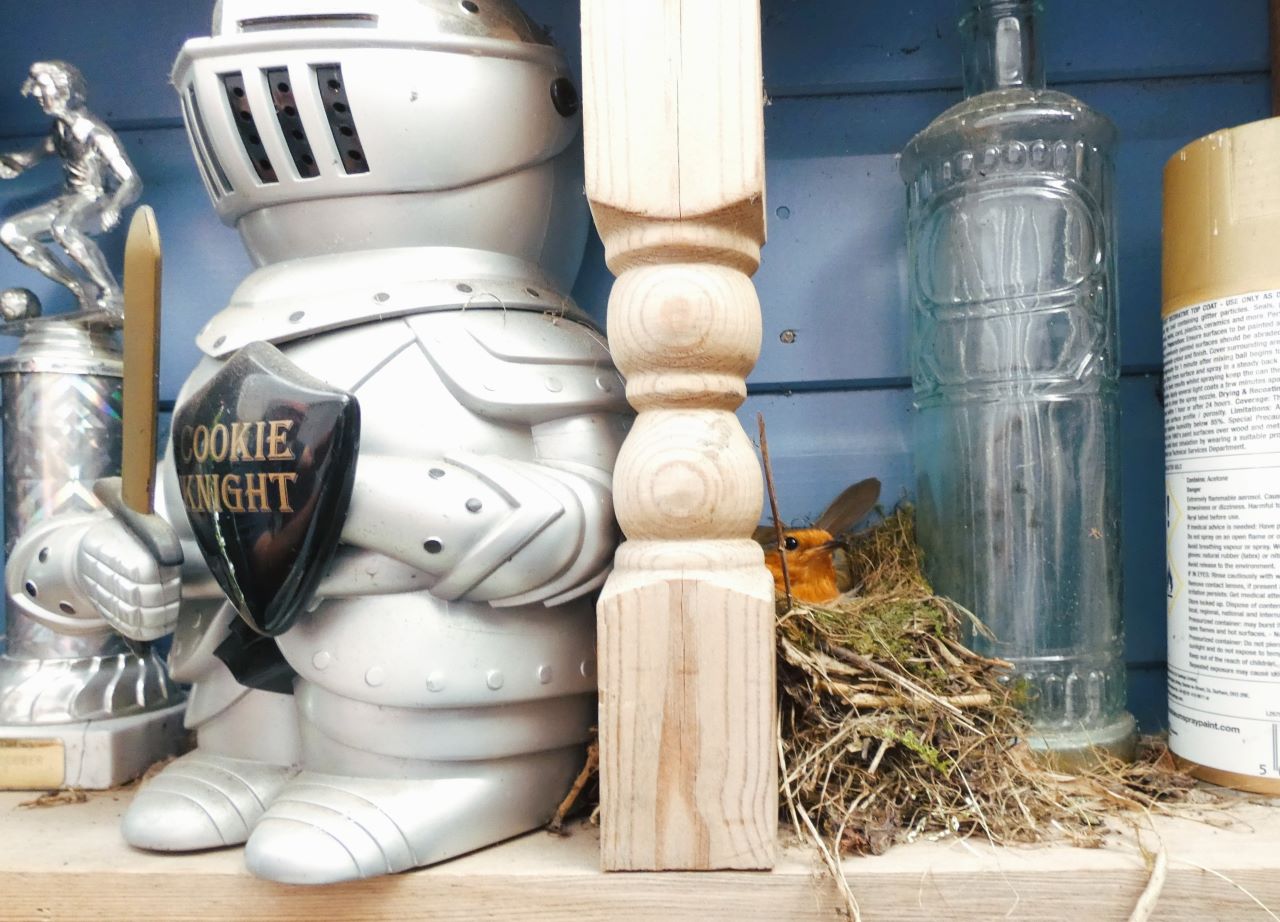

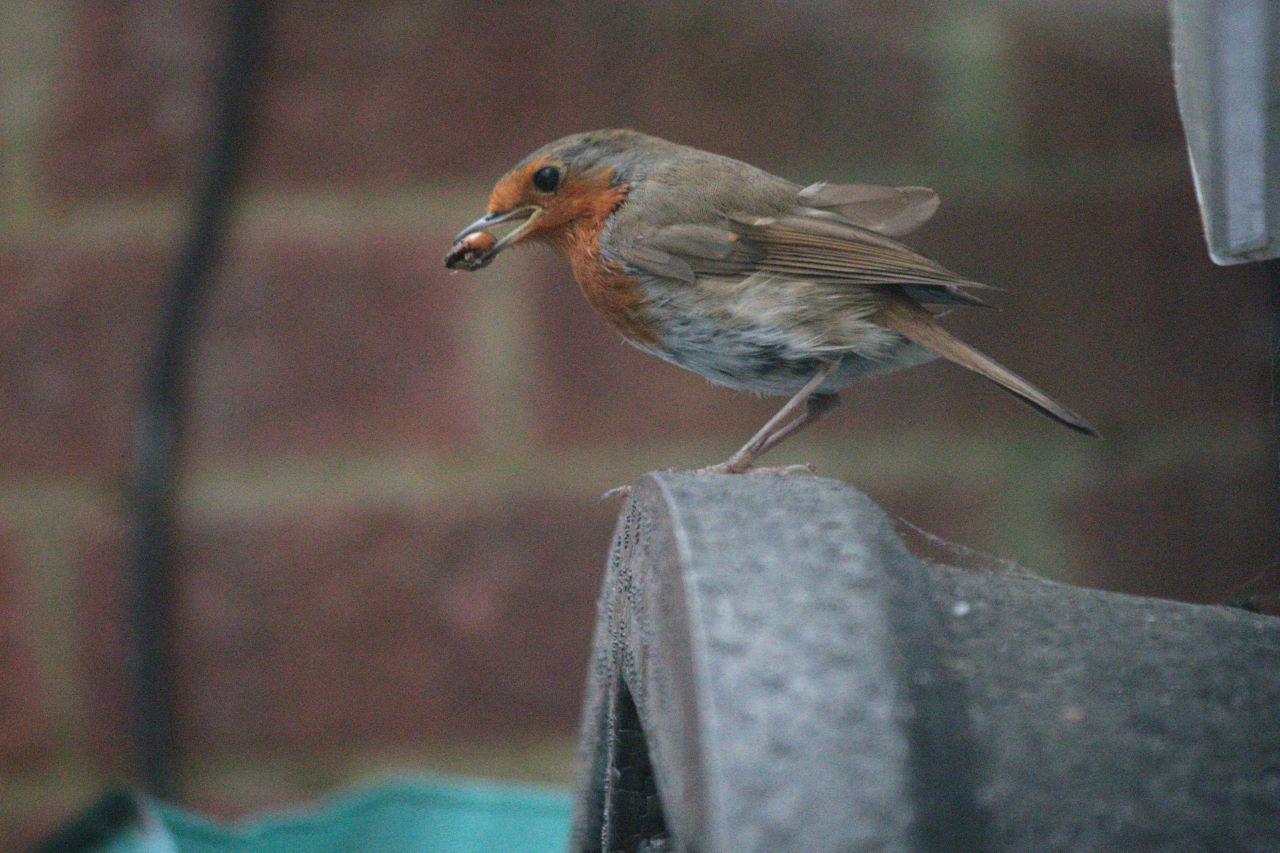






Recent Comments